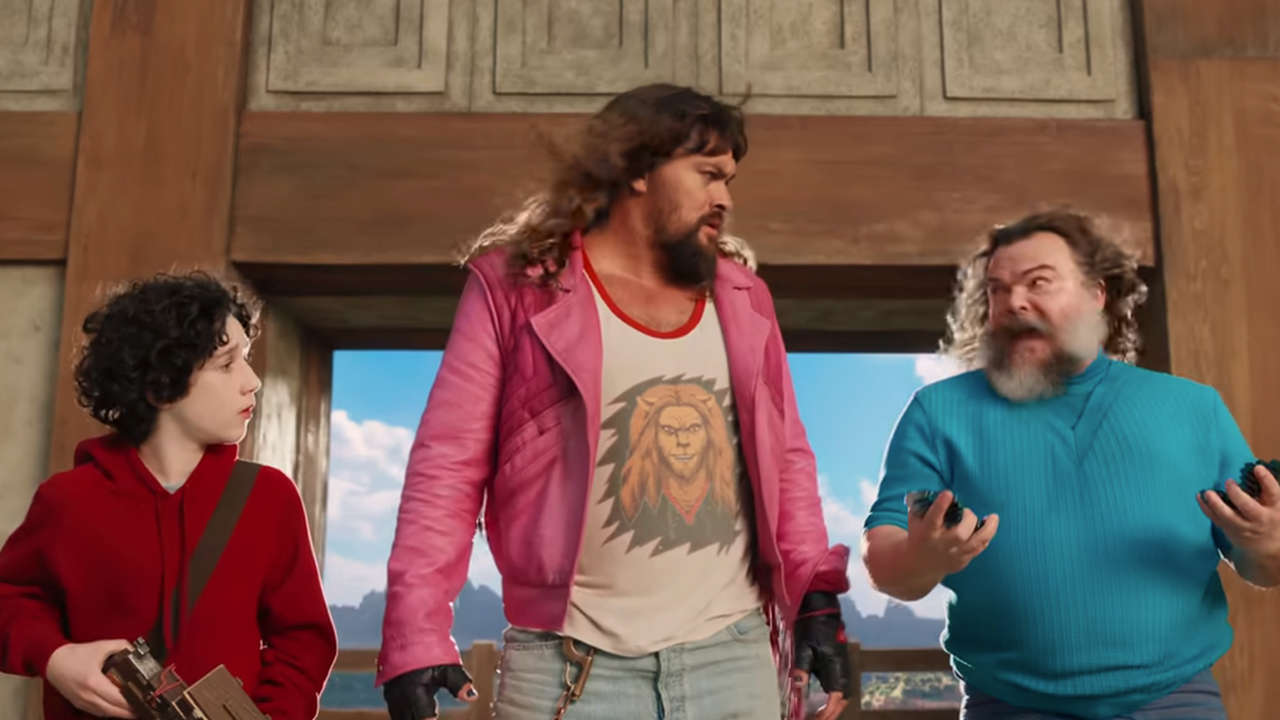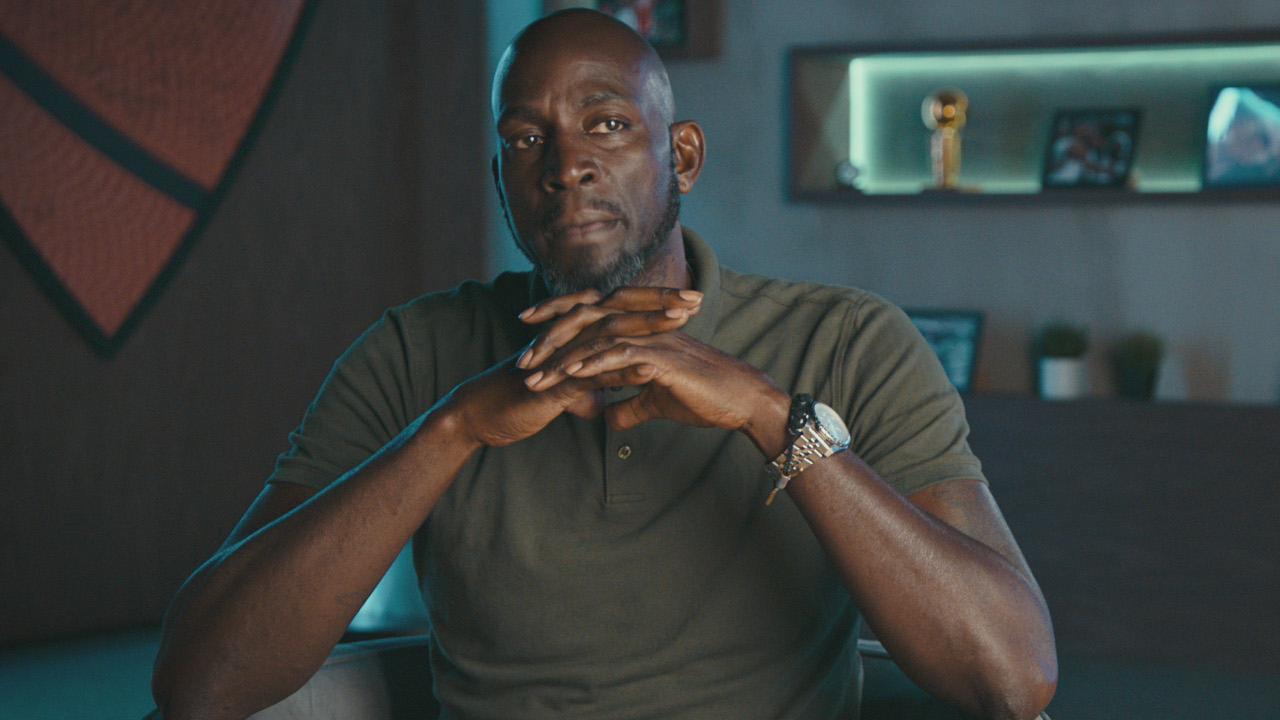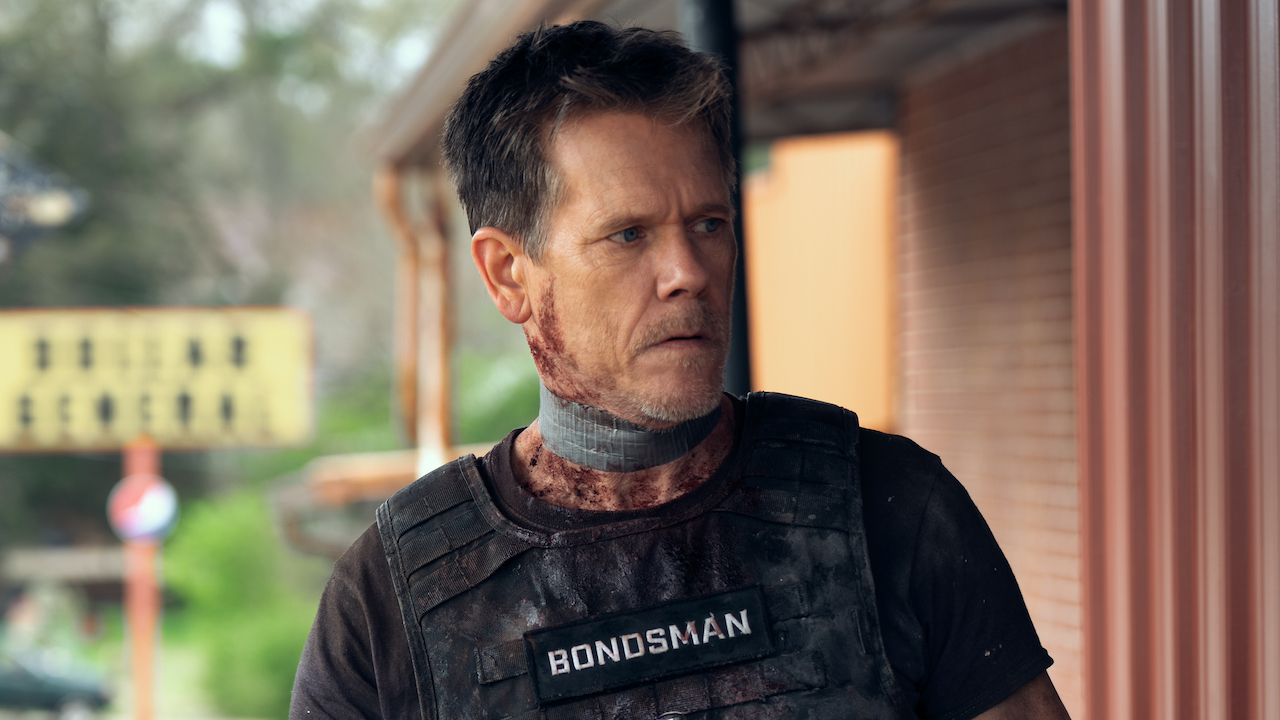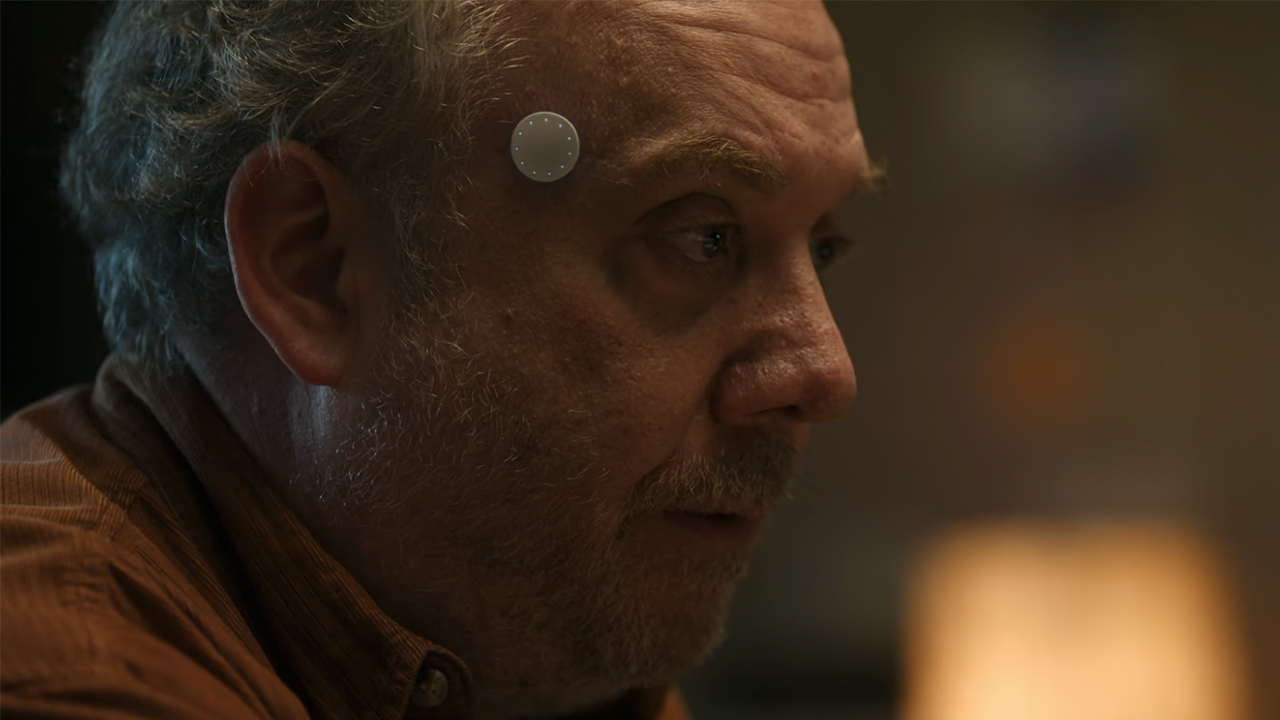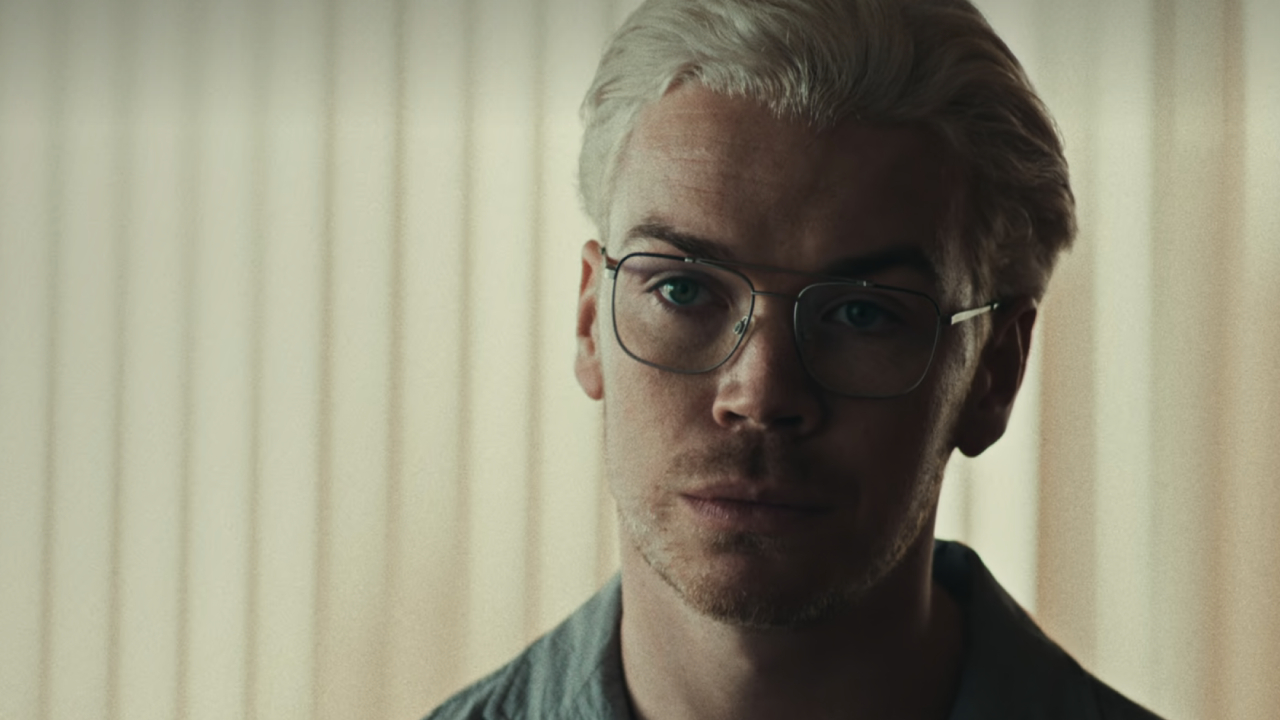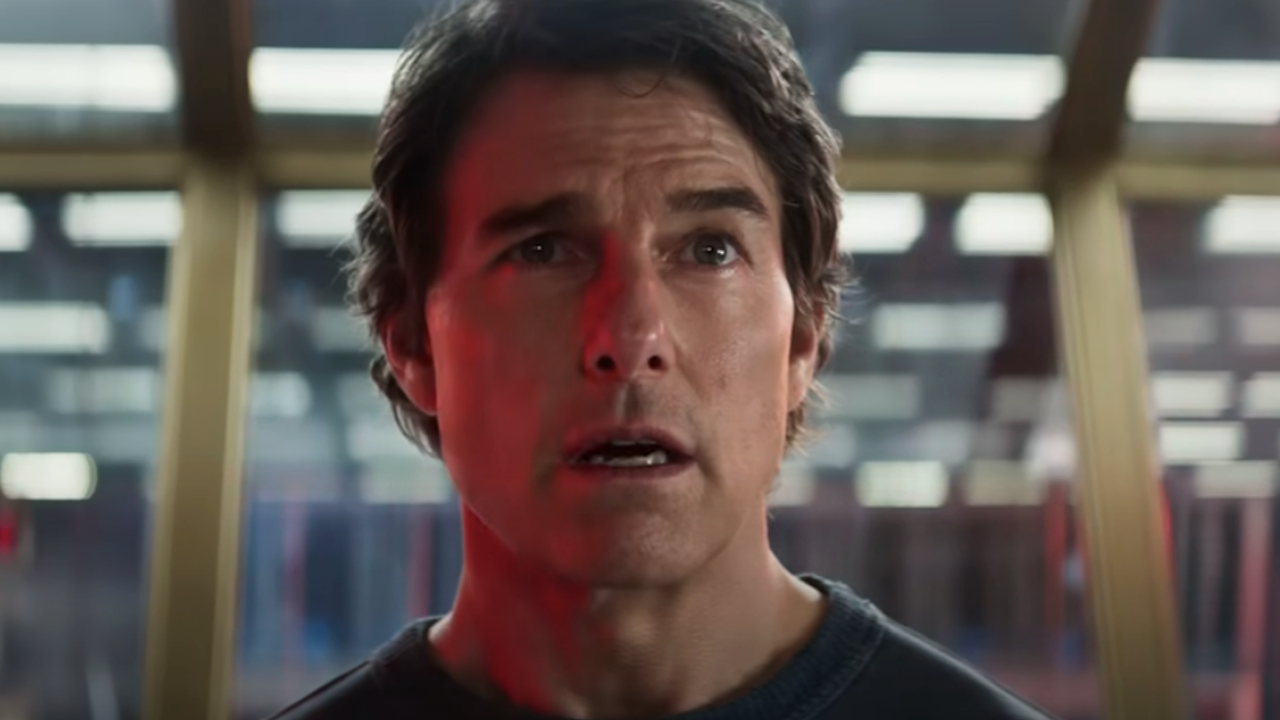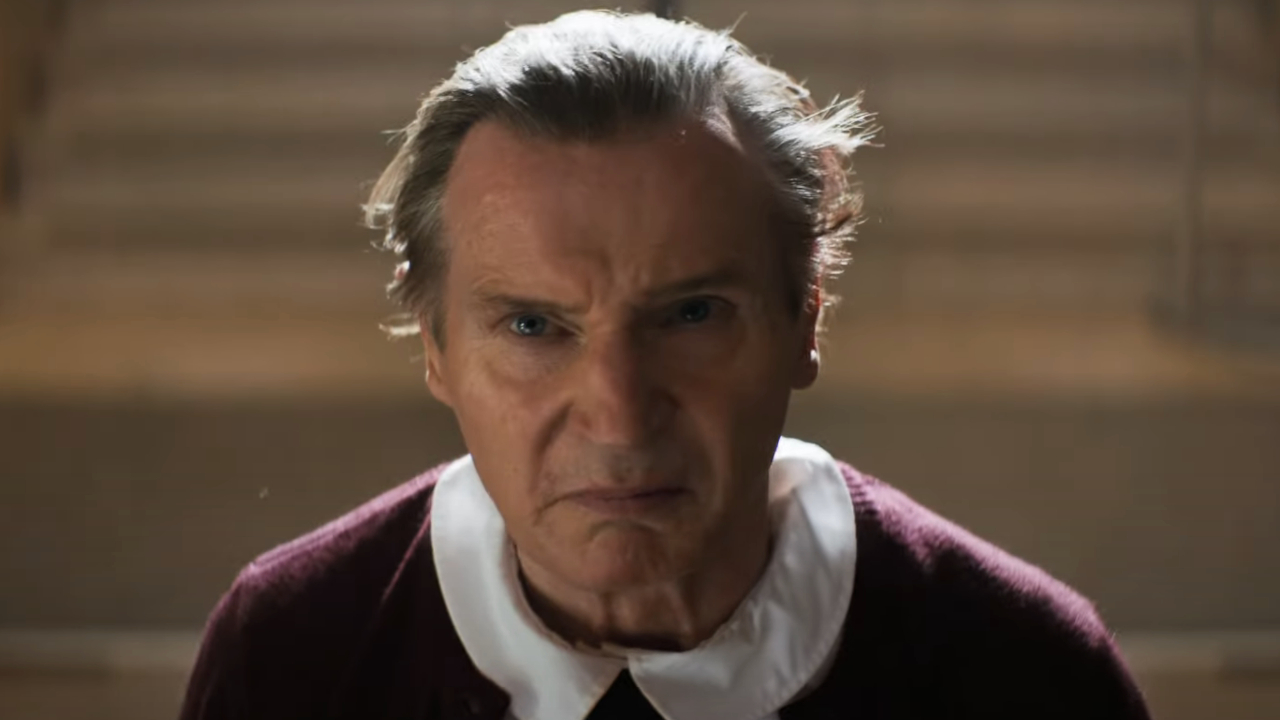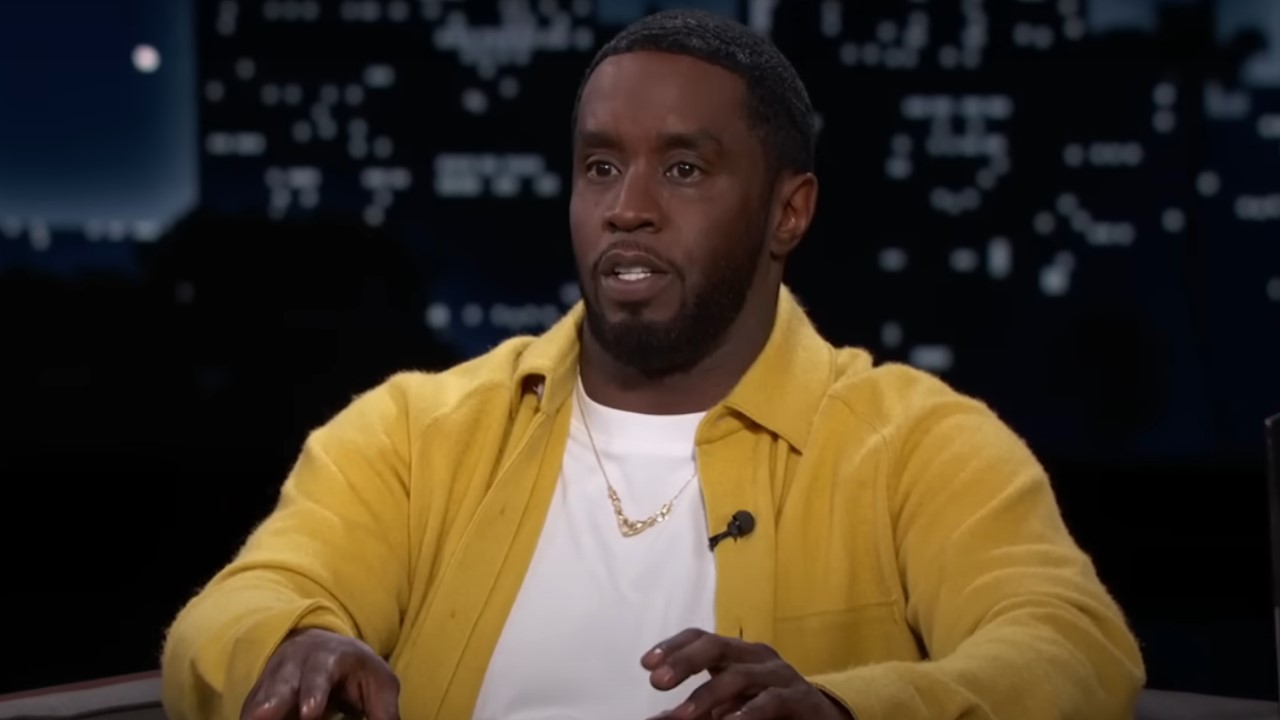32 Great Fourth-Wall-Breaking Characters From Movies And TV Shows
Are they talking to us?
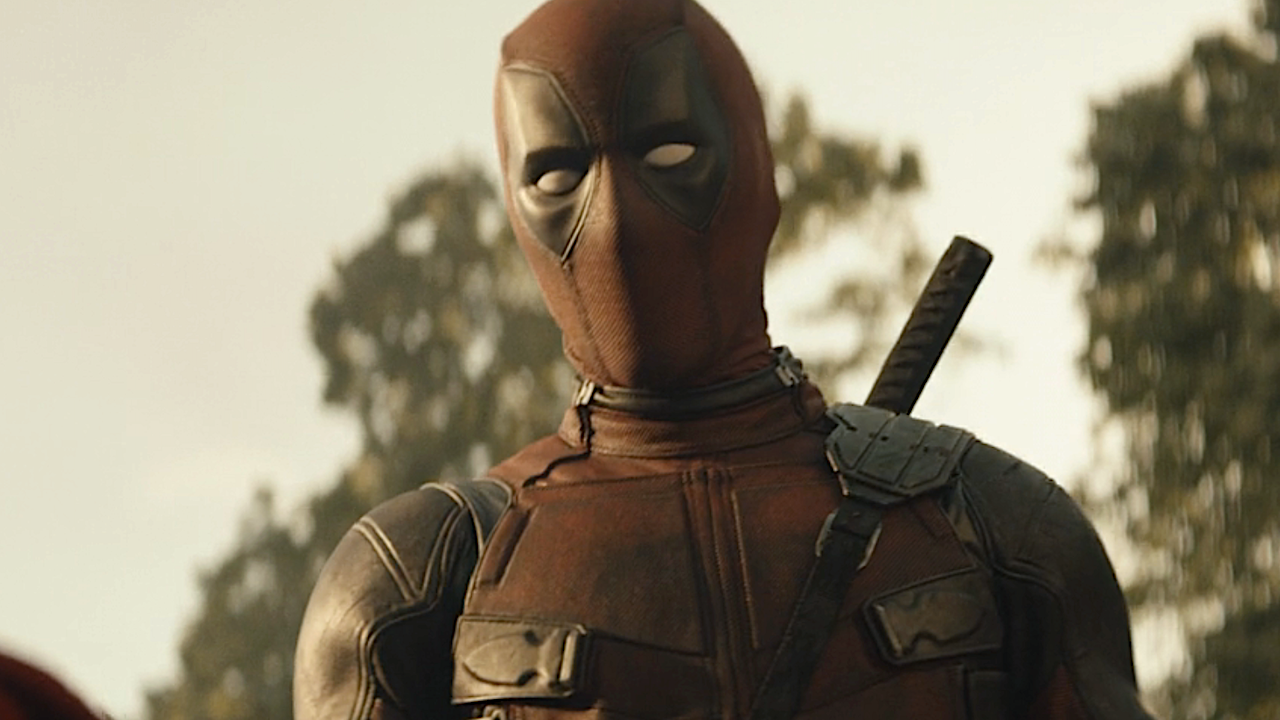
Have you ever stopped to think about how your favorite characters in screen media do not realize they exist in a movie or TV show? Well, that covers most characters, while a chosen few actually are aware of their fictional parameters, and even address it to their viewers in a fun trope referred to as “breaking the fourth wall.” The following are some of the most iconic, or even underrated, characters from cinema and television that often like to get meta.
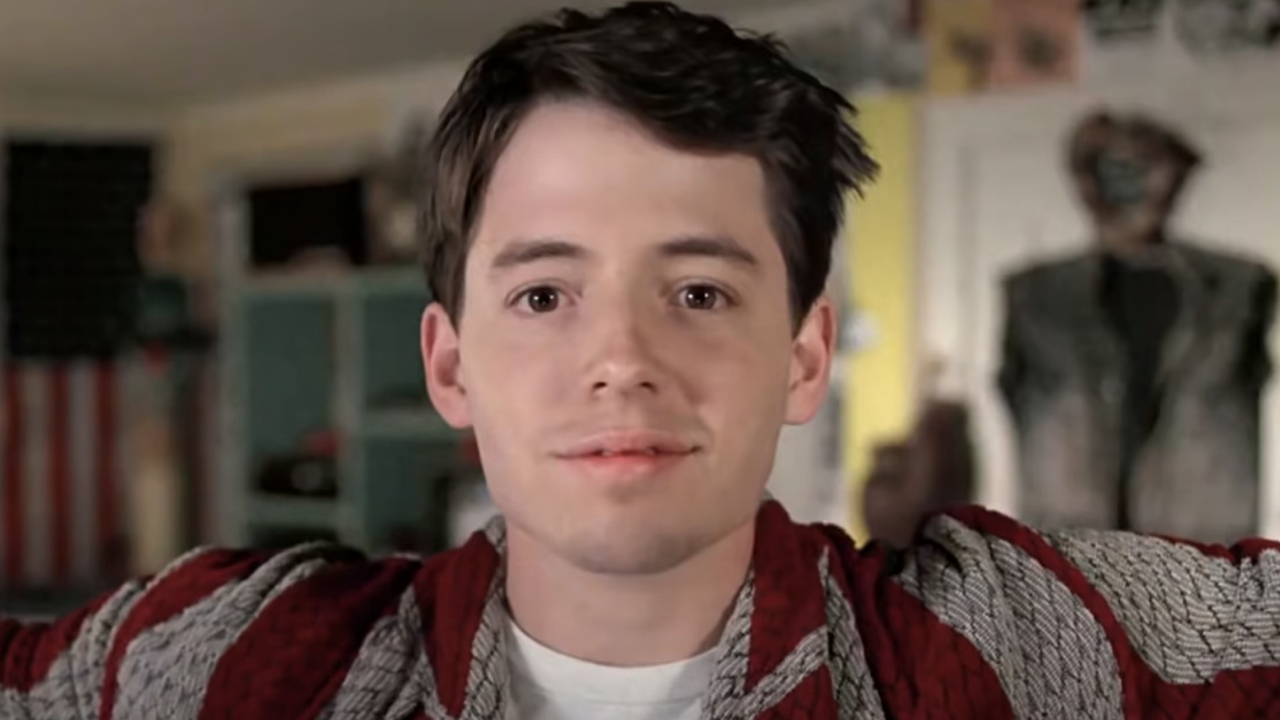
Ferris Bueller (Ferris Bueller's Day Off)
Matthew Broderick's mischievous title character in Ferris Bueller's Day Off has one central goal: to take it easy. He demonstrates his secrets to master-level trouble-making directly to the audience — whom he also urges to head home in an iconic post-credits sequence — in John Hughes' celebrated high school movie classic from 1986.
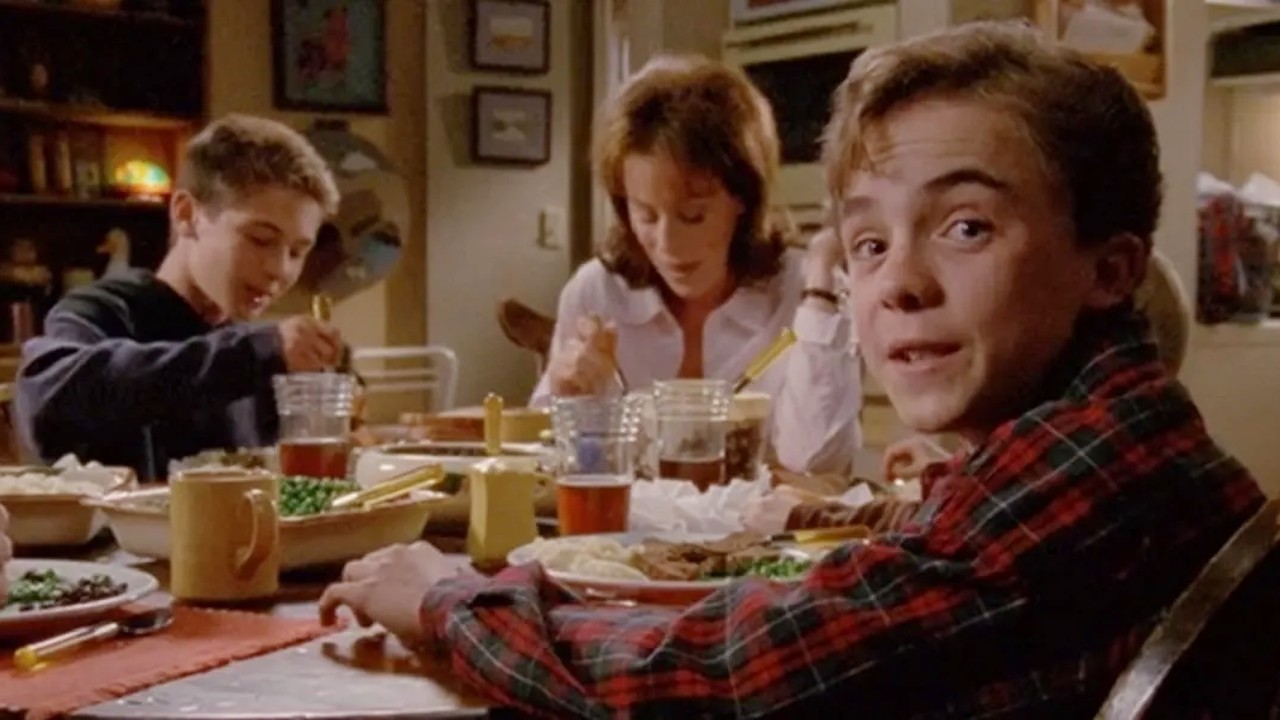
Malcolm (Malcolm In The Middle)
Despite being the last-billed main actor, the Malcolm in the Middle cast was led by Frankie Muniz in the title role. The unusually intelligent youngster would profess his own life's dissatisfactions through the TV screen on a regular basis.
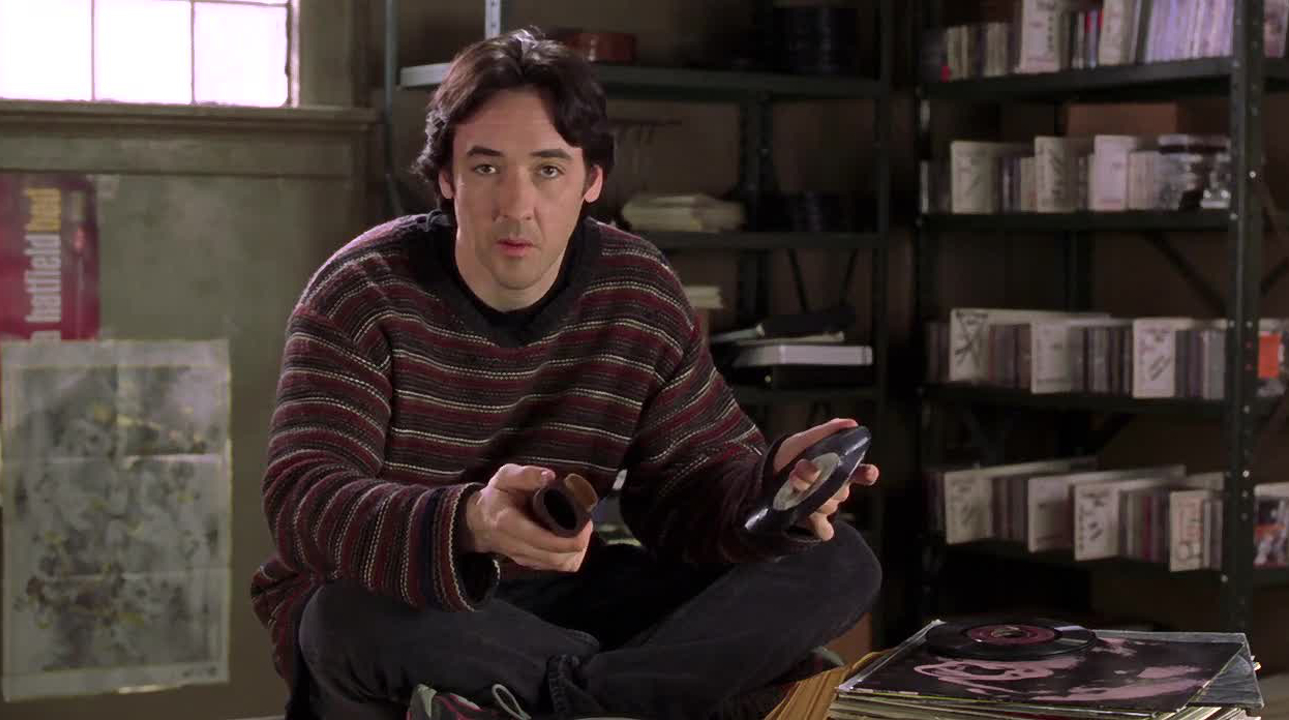
Rob Gordon (High Fidelity)
Director Stephen Frears' adaptation of Nick Hornby's novel, High Fidelity, stars John Cusack as Chicago record store owner Rob Gordon. The only thing that infatuates him more than music is the women who broke his heart, the stories of which he recalls directly to the audience.
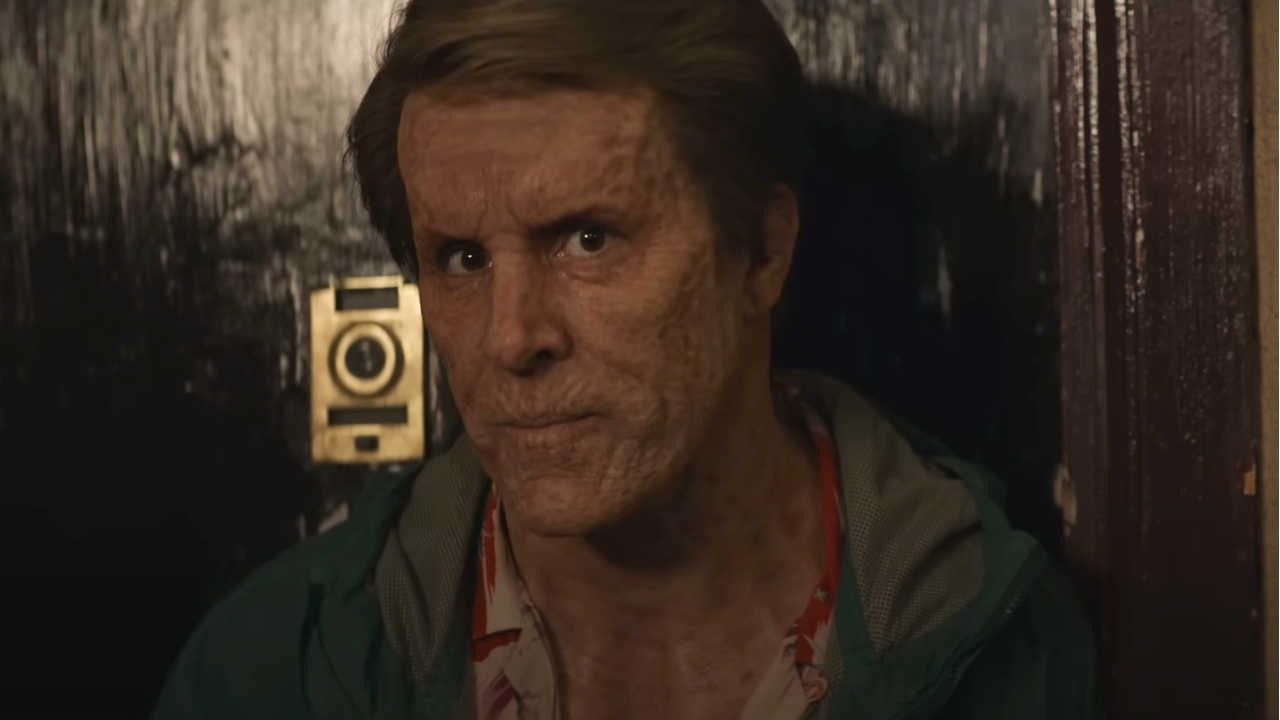
Deadpool (The Deadpool Movies)
In Marvel Comics, Wade "Deadpool" Wilson is driven so mad by his appearance post-mutation that, in addition to hearing voices, he becomes aware of the fact that he is a comic book character. While the voices do not make a sound in star and producer Ryan Reynolds' cinematic adaptations, the Merc with a Mouth is still perfectly self-aware of his fictional existence and goes so far as pointing out flaws in the writing and poking fun at the actor who plays him when turning his head to the camera.
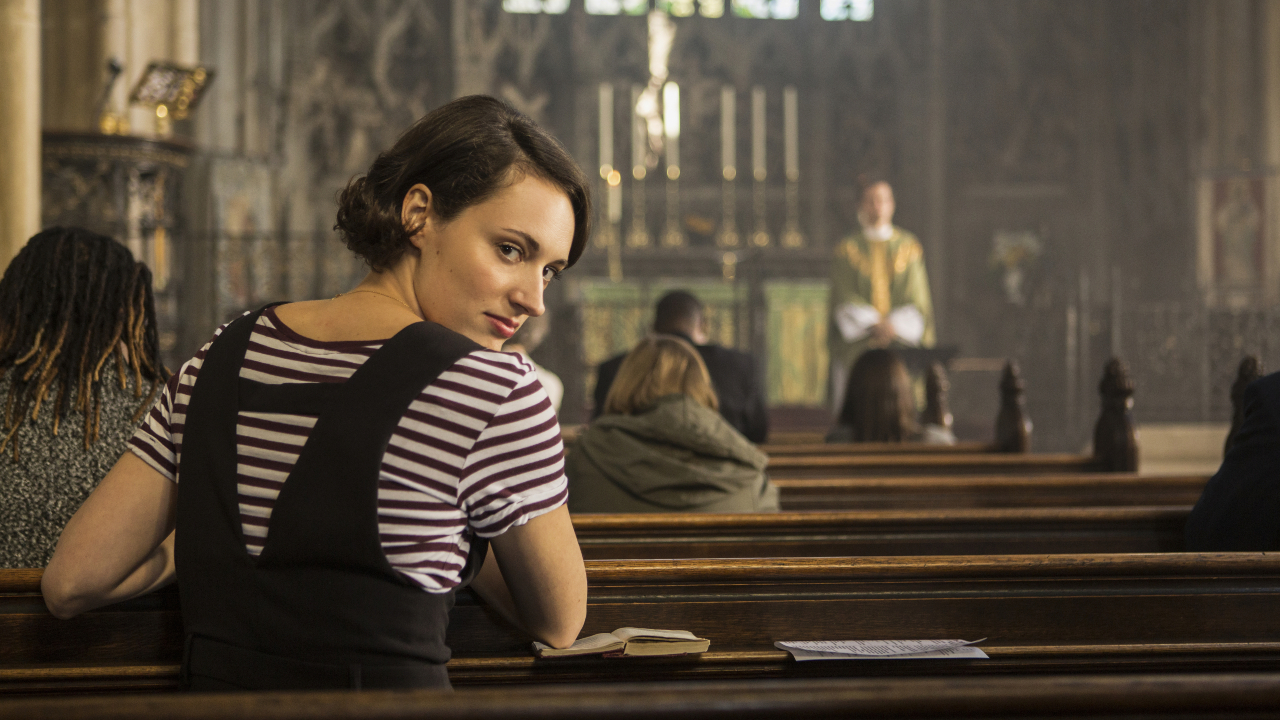
Fleabag (Fleabag)
The title character of multi-Emmy-winner Phoebe Waller-Bridge's hit British comedy series, Fleabag, could be described as a free spirit, if not for her bouts of anger and confusion when struggling to navigate adulthood. The audience has unrestricted access to her most cynical inner thoughts, which she frequently shares when speaking directly to her viewers.
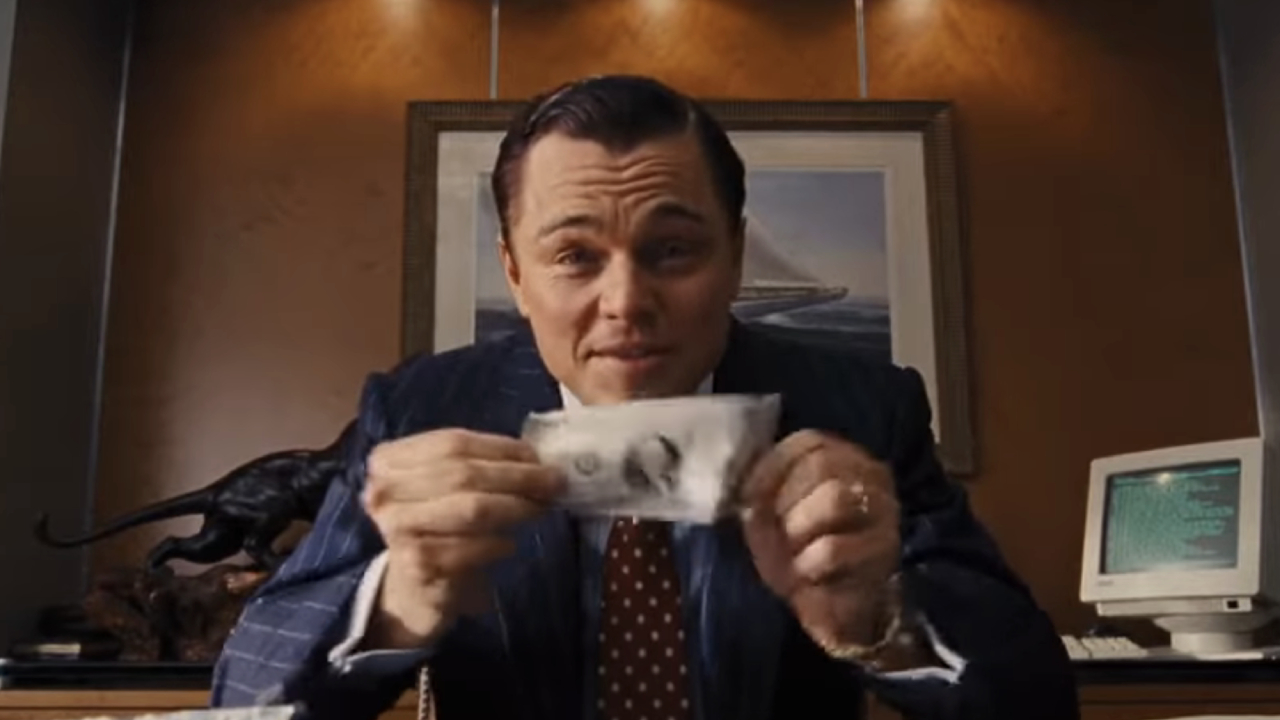
Jordan Belfort (The Wolf Of Wall Street)
One of the few examples of a fourth wall-breaking character based on a real person is Leonardo DiCaprio's Academy Award-nominated portrayal of Jordan Belfort in The Wolf of Wall Street. Not only does he narrate director Martin Scorsese's adaptation of the former stockbroker's memoir (also one of the best Margot Robbie movies), he opens the film describing the dangerously wild nature of his daily routine directly to the audience.
CINEMABLEND NEWSLETTER
Your Daily Blend of Entertainment News
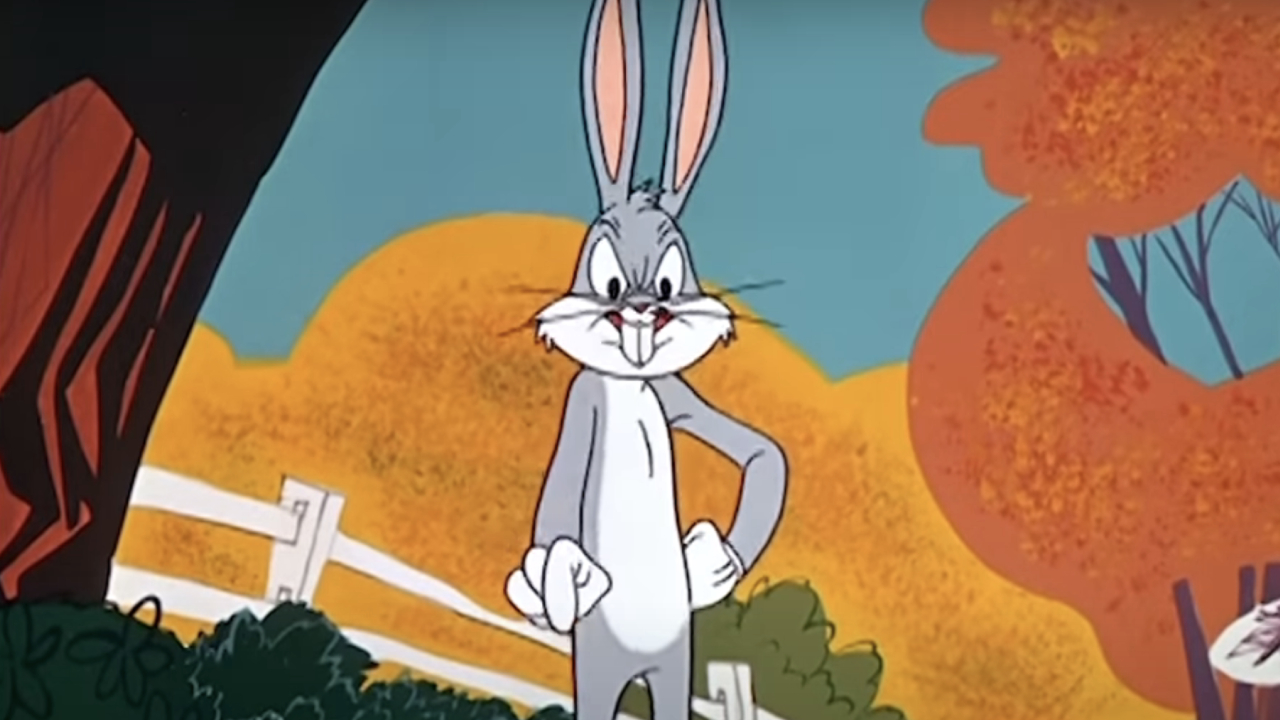
Bugs Bunny (Looney Tunes)
Breaking the fourth wall is pretty much a tradition in Looney Tunes shorts, but the art is absolutely perfected by the characters' de facto leader, Bugs Bunny. With his sly remarks and literal winks to the camera, he lets the audience feel like they are in on the joke with him, creating a welcoming atmosphere that makes the rascally rabbit truly one-of-a-kind.
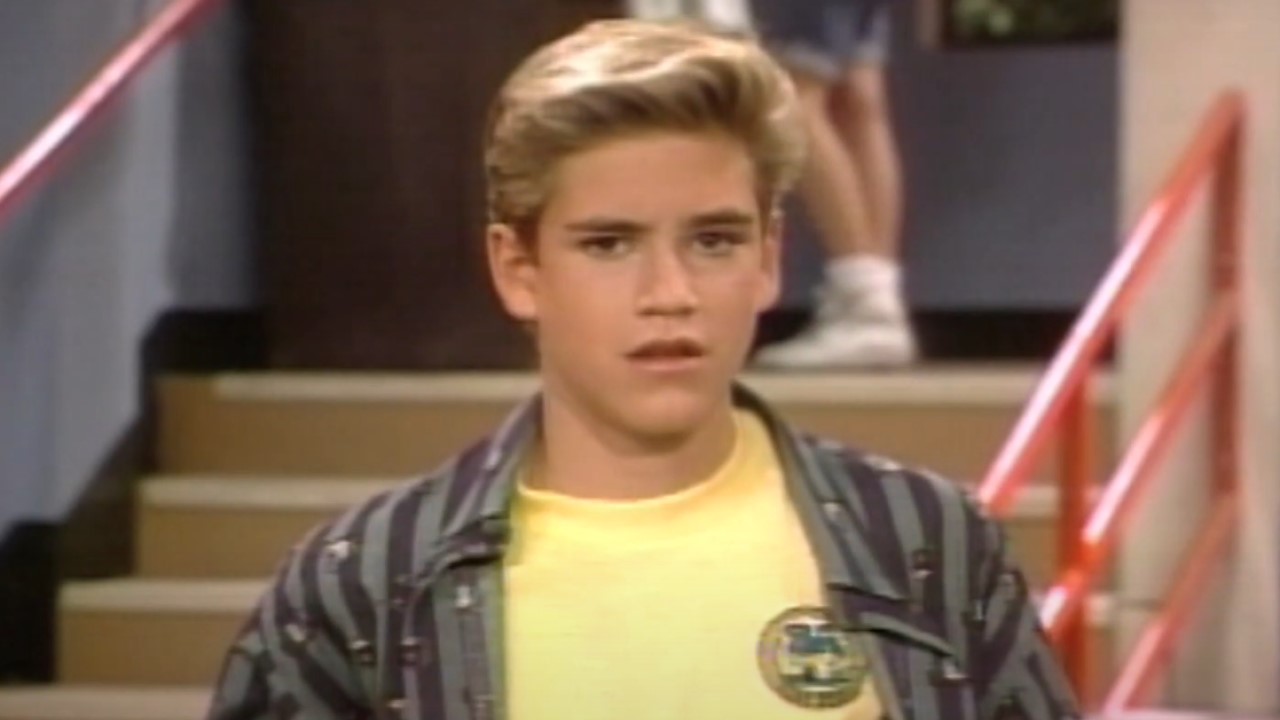
Zack Morris (Saved By The Bell)
Talking to the camera was not the only meta characteristic possessed by Mark-Paul Gosselaar's scheming character on the hit coming-of-age sitcom, Saved by the Bell. Zack Morris also had the ability to manipulate time, as demonstrated when he paused the surrounding action for his own soliloquy whenever he felt like it.

Jared Vennett (The Big Short)
There are actually several characters from Adam McKay's Oscar-winning adaptation of Michael Lewis' non-fiction book, The Big Short, who break the fourth wall. However, it is Ryan Gosling as Deutsche Bank salesman Jared Vennett who spends most of the film directly addressing the audience, sometimes introducing celebrities like Margot Robbie to explain financial jargon to the viewers.
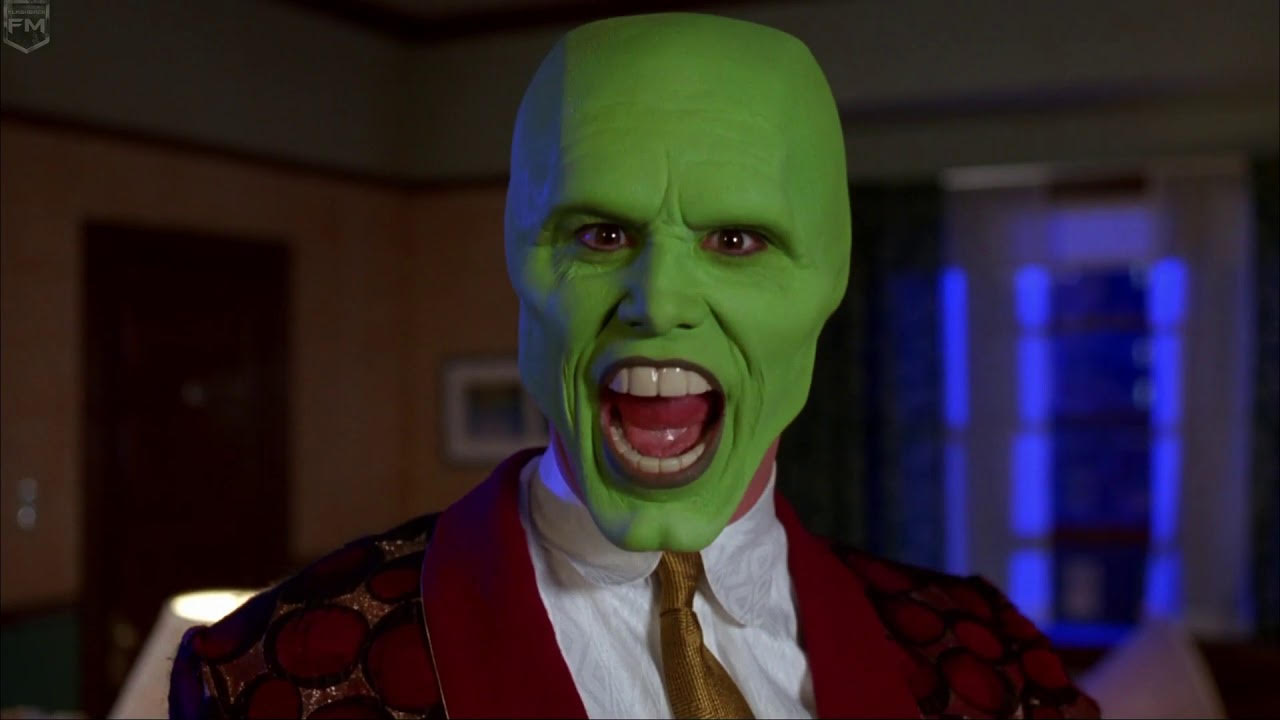
Stanley “The Mask” Ipkiss (The Mask)
Nigh-omniscience (the state of knowing all, including the audience observing you) is something that often comes with being a cartoon character, which is essentially what Stanley Ipkiss becomes when he puts on a mystical vizard. In one of the funniest scenes in 1994’s The Mask, Jim Carrey’s green, grinning anti-hero fakes his death with a speech that literally earns him an award, prompting the appearance of an applauding audience that even the criminals who tried to kill him react to.

Dora Márquez (Dora The Explorer)
Even with Boots, Backpack, Manny, and her other adventurous comrades by her side, Dora the Explorer still needs help navigating her adventures from the youngsters watching her on Nick Jr. She even politely gives her viewers time to answer when asking them about their favorite part of the journey at the end of each episode.
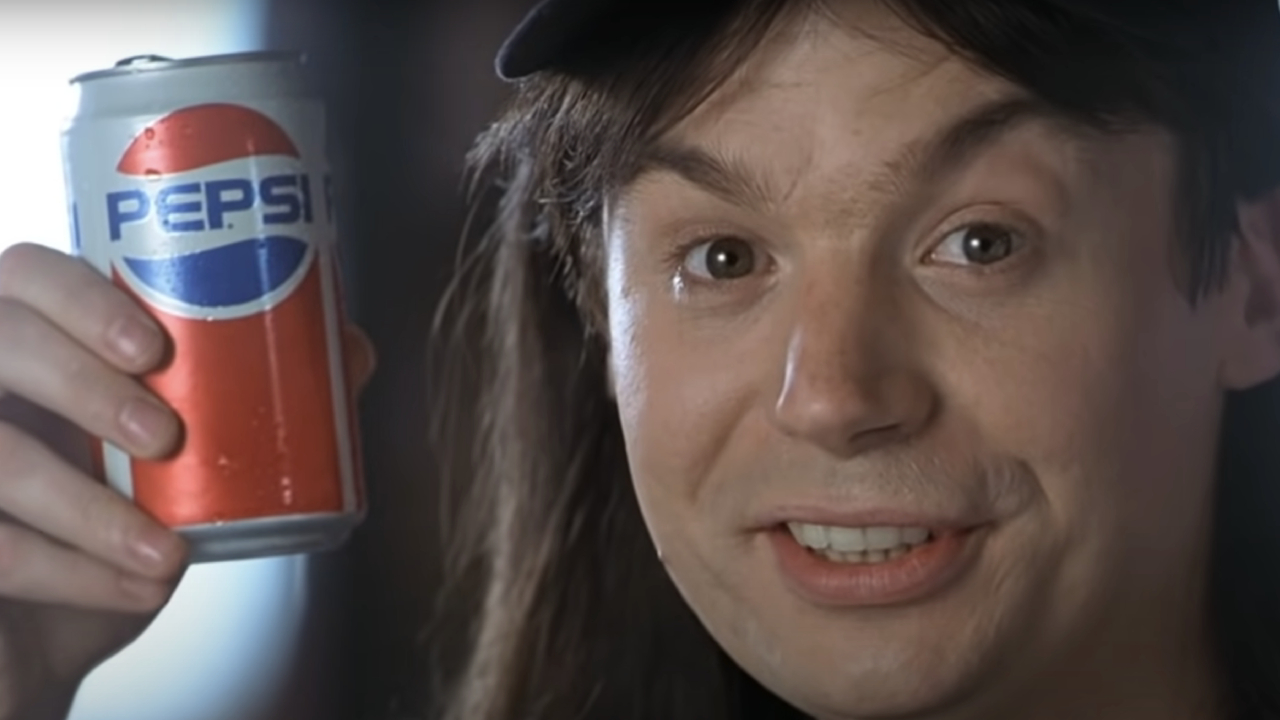
Wayne Campbell And Garth Algar (Wayne's World)
Breaking the fourth wall helps one of Mike Myers’ greatest creations make a seamless transition from TV to the big screen in one of the best Saturday Night Live movies, Wayne’s World. Even when they are not filming their cable access TV show, Wayne Campbell (Myers) and Garth Algar (Dana Carvey) keep their running commentary on pop culture, their own lives going, and the state of their own movie by speaking to the metaphysical camera in front of them.
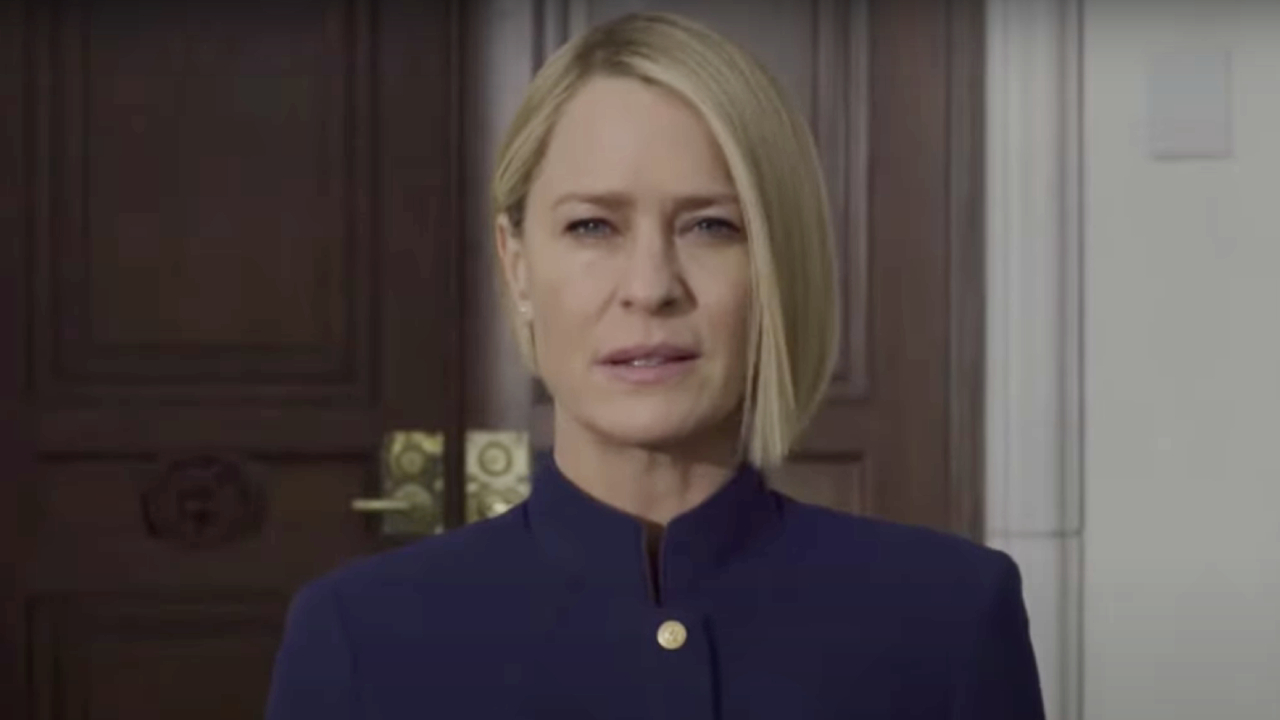
Claire Underwood (House Of Cards)
It was not until Season 4 of House of Cards that Claire Underwood (Robin Wright) revealed that, like her ruthless politician husband, Frank (Kevin Spacey), she was aware of the Netflix subscribers observing their every move. After she is widowed, Claire becomes the central character and the audience’s sole metaphysical companion.
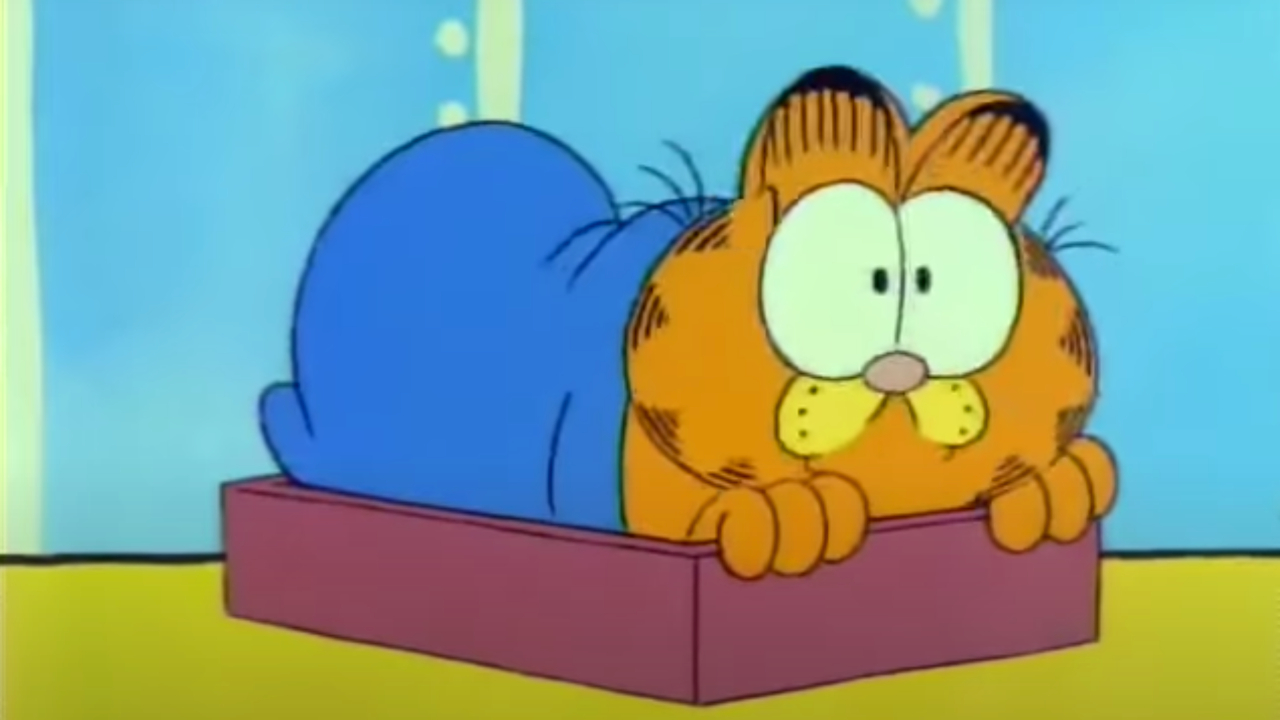
Garfield (Garfield And Friends)
Just like in the comic strip he originated from, Garfield addresses the audience in his many screen adaptations, such as the popular animated series, Garfield and Friends. The hungry, lazy cat appears to have a telepathic link with the viewers since his mouth never actually moves when he delivers commentary.
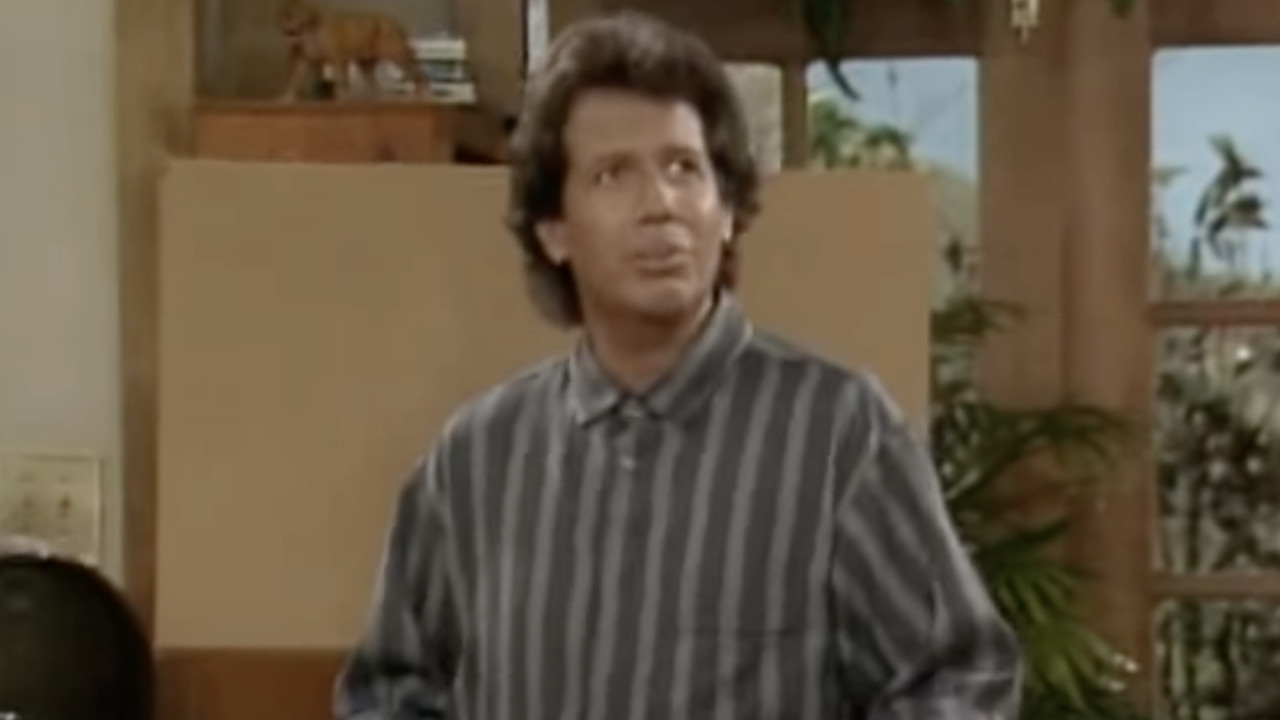
Garry Shandling (It's Garry Shandling's Show)
The whole conceit of It's Garry Shandling's Show is that the late comedian (who also co-created the series) is aware he is the star of his own sitcom and his interactions with the studio audience play a role in the plot of each episode. Running for four seasons in the late 1980s and earning four Primetime Emmy nominations, the comedy was a hilariously unique and uproariously meta experiment for its time.
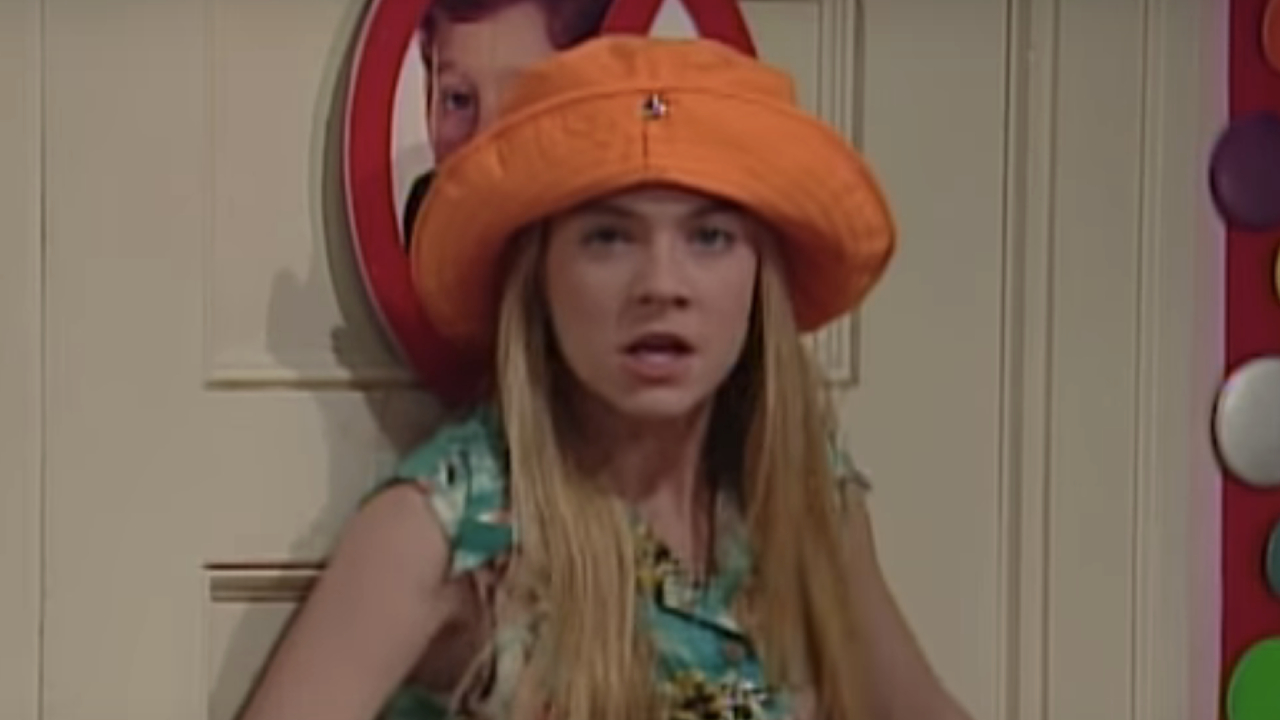
Clarissa Darling (Clarissa Explains It All)
Before she played the eponymous role of ABC’s Sabrina the Teenage Witch, Melissa Joan Hart played the eponymous role of Nickelodeon's Clarissa Explains It All. Just as the title of the '90s sitcom suggests, the outspoken teen comments on her relationships with her friends and family and common aspects of teenage life in general, sometimes even through clever fantasy segments.
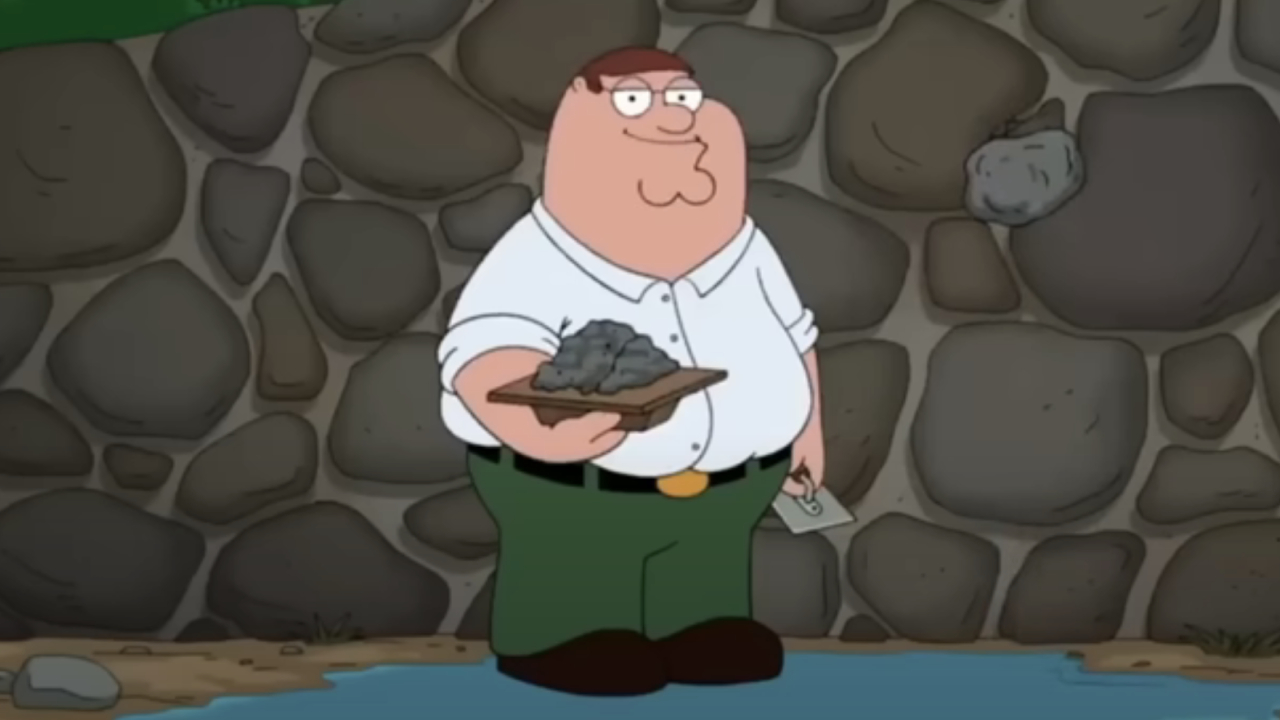
Peter Griffin (Family Guy)
While Family Guy is often branded as a rip-off of The Simpsons, Fox’s adult animated comedy from creator Matt Groening does not dabble in meta absurdity nearly as much or ever as overtly as Fox’s adult animated comedy from Seth MacFarlane. Actually, just about every Family Guy character is aware they are on a cartoon series, but Peter Griffin (voiced by MacFarlane) acknowledges the audience most often… maybe even too often?
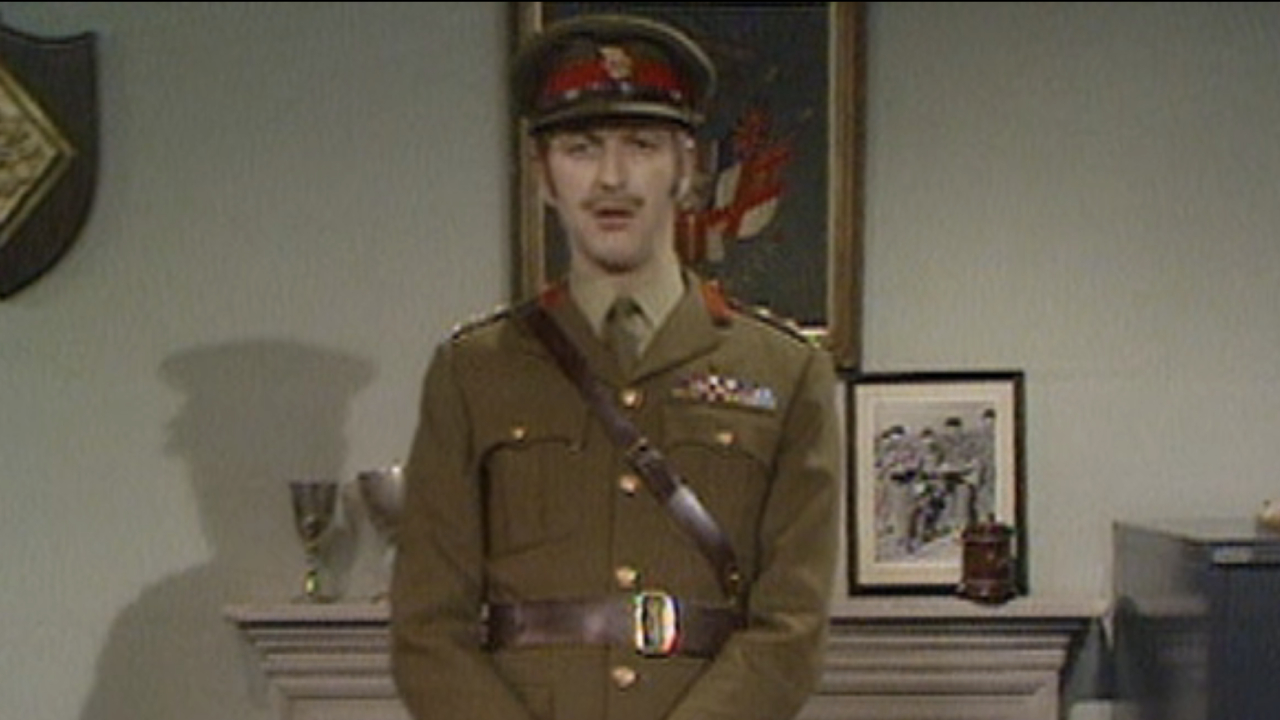
The Colonel (Monty Python's Flying Circus)
Sometimes, if an episode of Monty Python's Flying Circus would get too silly (which was every episode, if we are being honest), a military colonel played by Graham Chapman show up. He would then bring the sketches to a halt and urge the cast and crew to move on to something that better matches his own personal humorous preferences.
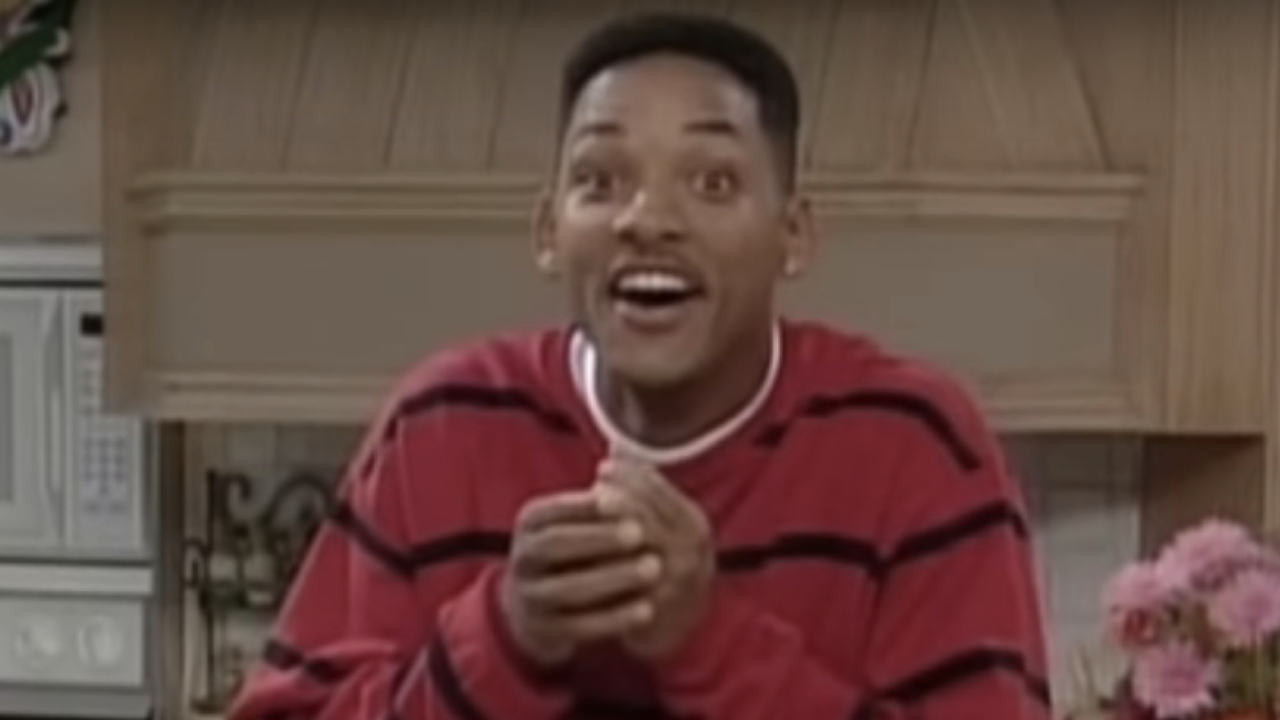
Will Smith (The Fresh Prince Of Bel-Air)
The Fresh Prince of Bel-Air indulged in poking fun at itself numerous times during its six-season run on NBC in the ‘90s, such as references to the major cast shake-up of Daphne Maxwell Reid replacing Janet Hubert as Vivian Banks. However, the central character Will Smith (played by the Oscar winner of the same name) was the one who did most of the talking to the camera and, in one episode, even went beyond breaking the fourth wall and broke the ceiling, acknowledging the set lighting above them.
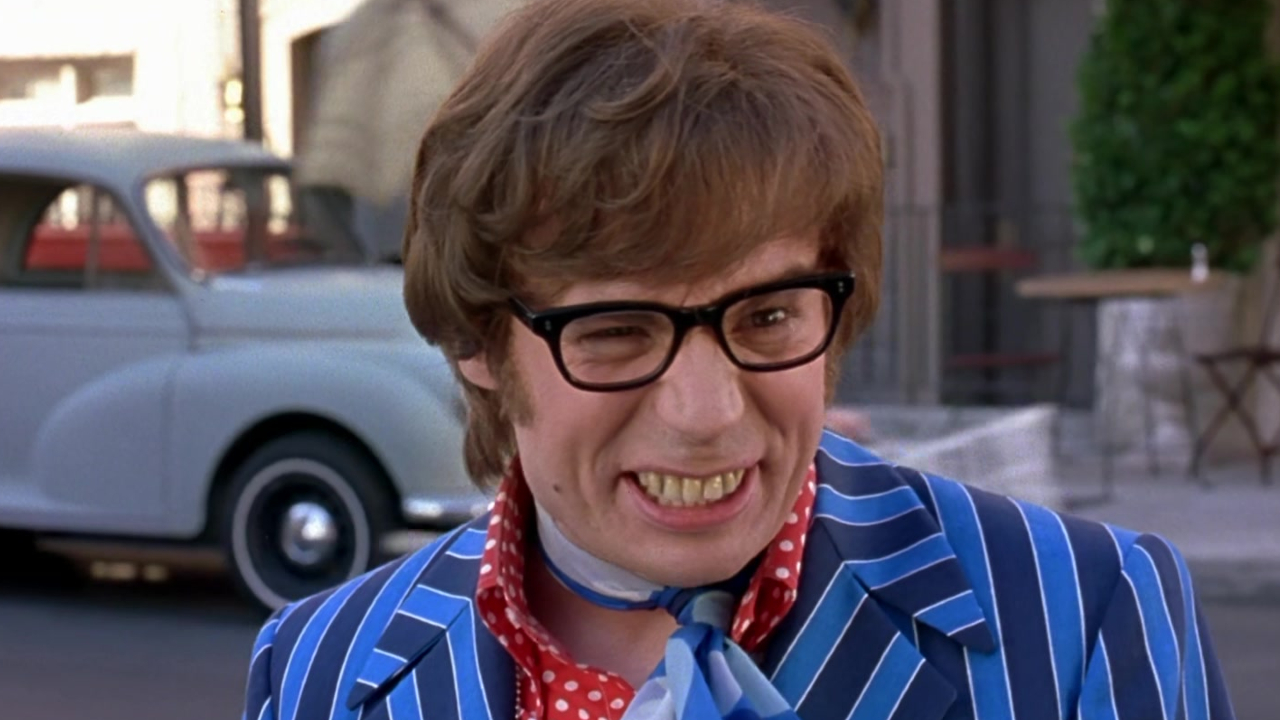
Austin Powers (The Austin Powers Movies)
Breaking the fourth wall is actually a staple of many of Mike Myers’ characters, including groovy secret agent Austin Powers, who likes to thank the audience for laughing at his puns and double-entendres and even commenting on the mechanics of his spy movie spoof trilogy. For instance, in the third installment, 2002’s Austin Powers in Goldmember, he actually relies on the subtitles to converse with a Japanese businessman, only to misunderstand him when some of the white text blends into something of the same color in the background.
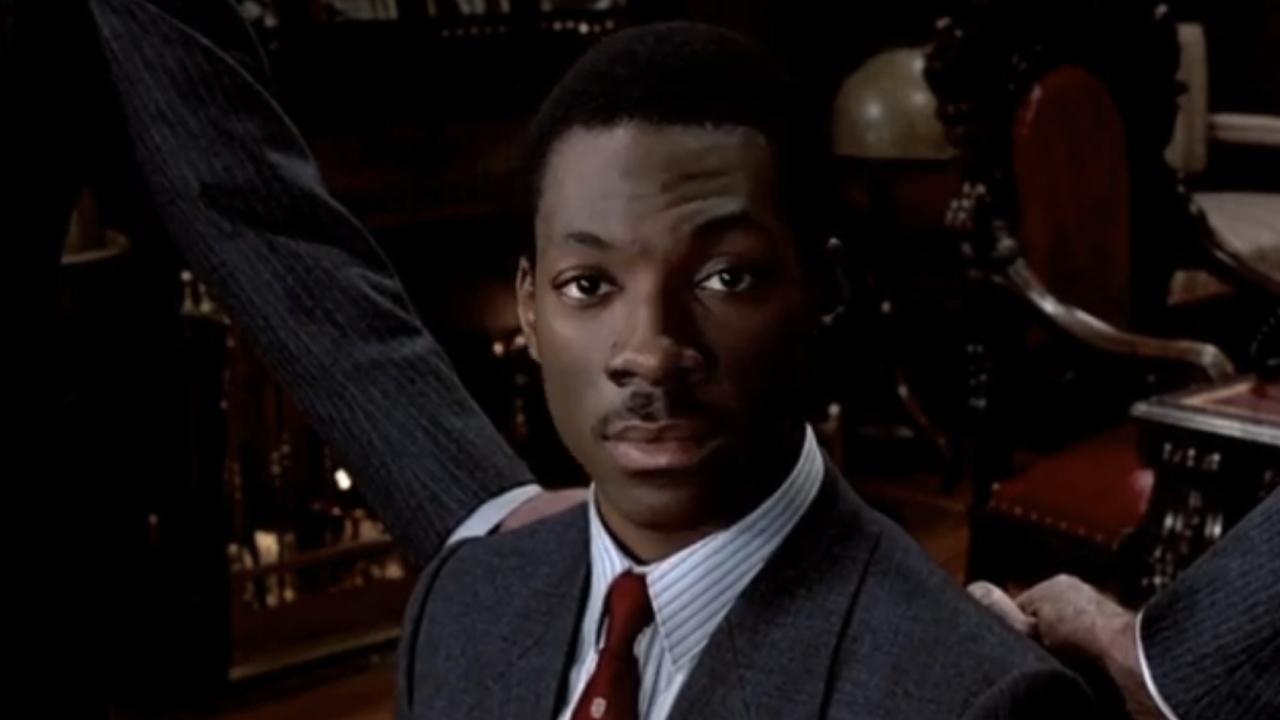
Billy Ray Valentine (Trading Places)
For a while in the 1980s, you could expect someone to break the fourth wall in an Eddie Murphy movie, including the comedian himself, and one of the funniest examples comes from Trading Places. When the Dukes Brothers are explaining commodities to Billy Ray Valentine (Murphy), Randolph (Ralph Bellamy) uses the BLT as an example of where he might find bacon, prompting him to hilariously express his annoyance with a silent, perfectly timed glance at the camera.
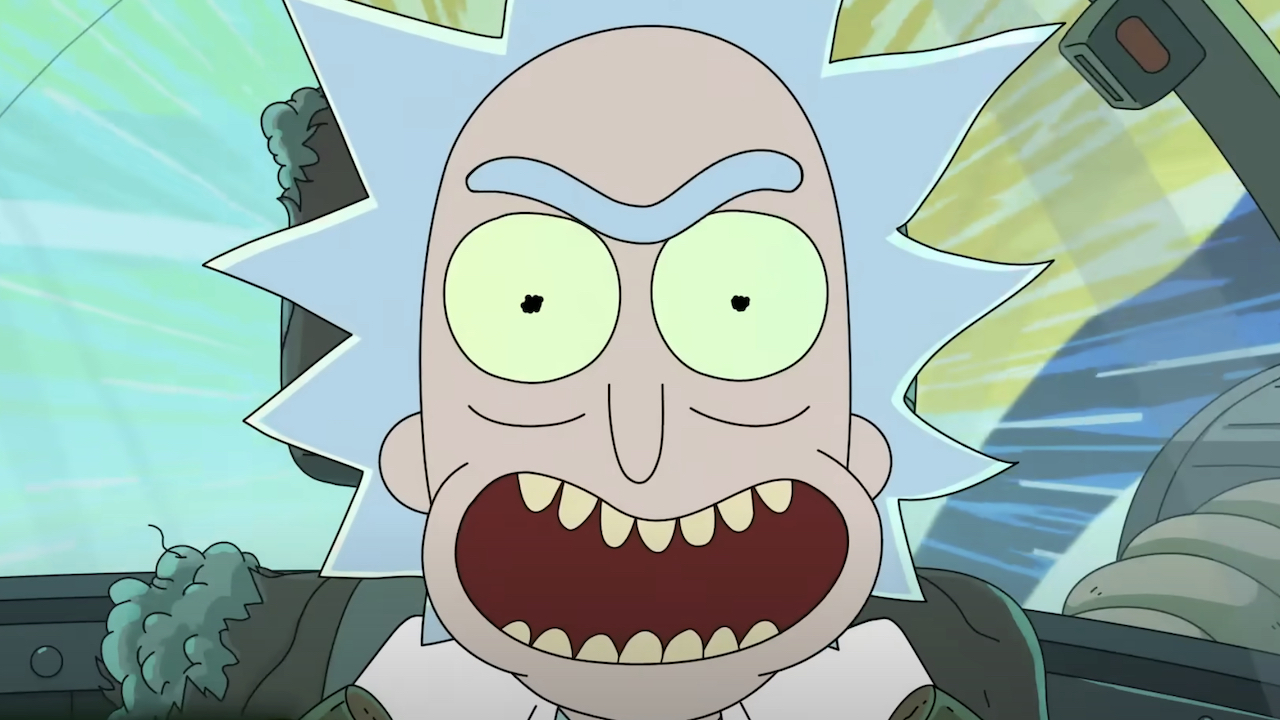
Rick Sanchez (Rick And Morty)
On one of the all-time best animated series, Rick and Morty, Rick Sanchez is one of the few characters who address the fact that the bizarre and absurd adventures he and his grandson, Morty, endure, are all part of a television show. We suppose that sort of heightened awareness comes from being the smartest person in the universe.
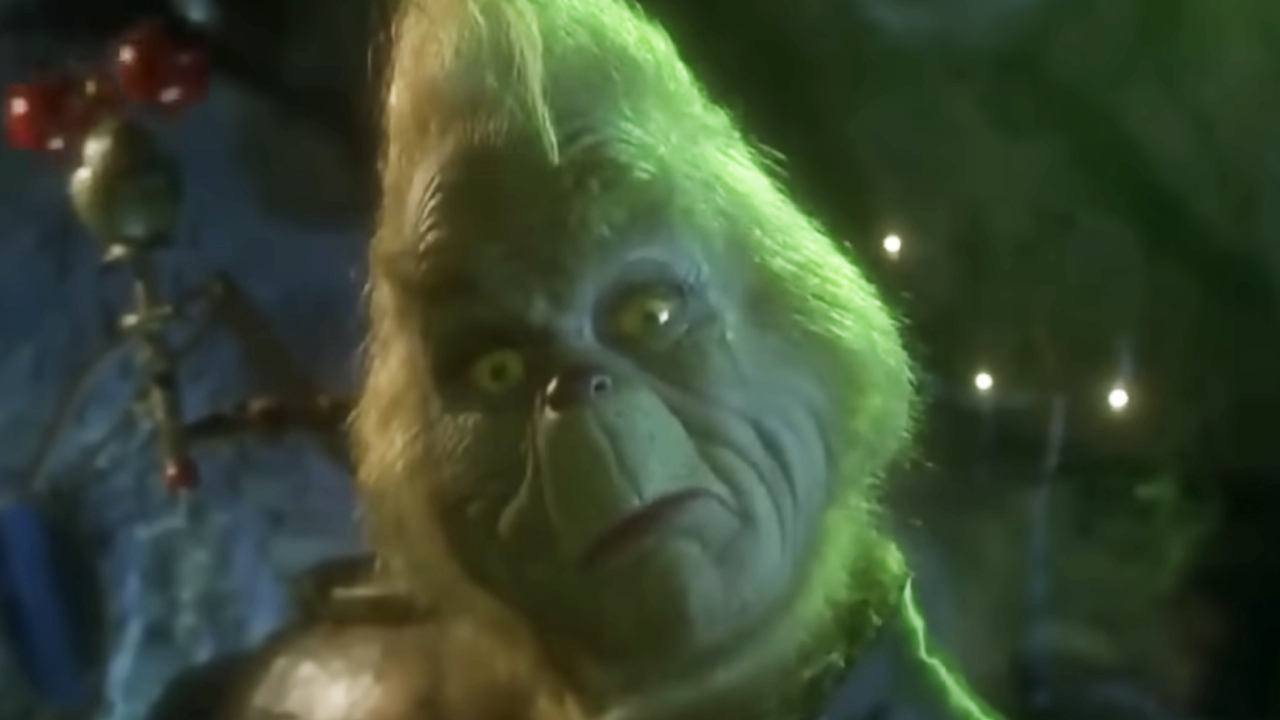
The Grinch (How The Grinch Stole Christmas)
In Ron Howard’s live-action adaptation of How the Grinch Stole Christmas — one of the best Dr. Seuss movies — the titular, holiday-hating curmudgeon (Jim Carrey) proves that he has more than just his dog, Max, to keep him company whenever he speaks to the camera. He even interacts with the narrator (voiced by Academy Award winner Anthony Hopkins), asking him to speak with “a little more stealth” as he breaks into Cindy Lou Who’s home.
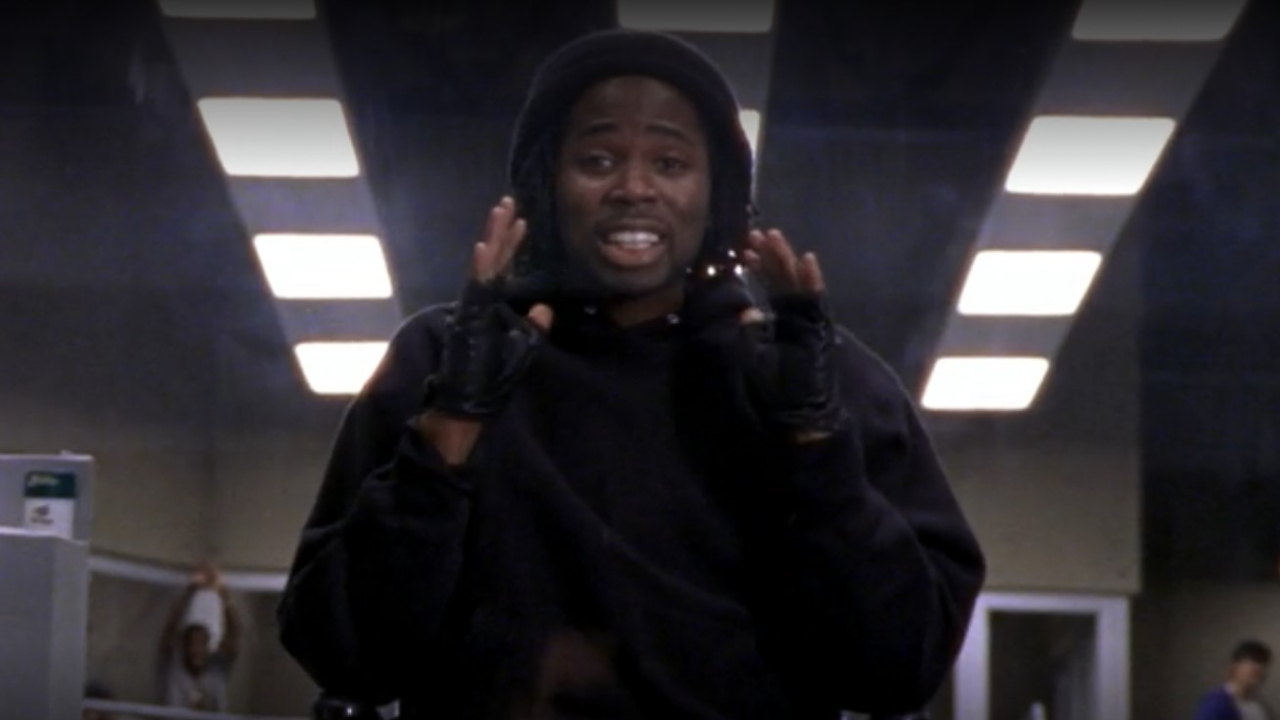
Augustus Hill (Oz)
Harold Perrineau’s character on Oz, Augustus Hill, is unlike any other inmate at the eponymous Oswald State Correctional Facility, serving as the series’ narrator. He opens and closes each episode of the gritty HBO drama by addressing the audience with a monologue discussing the philosophies of the prison lifestyle.
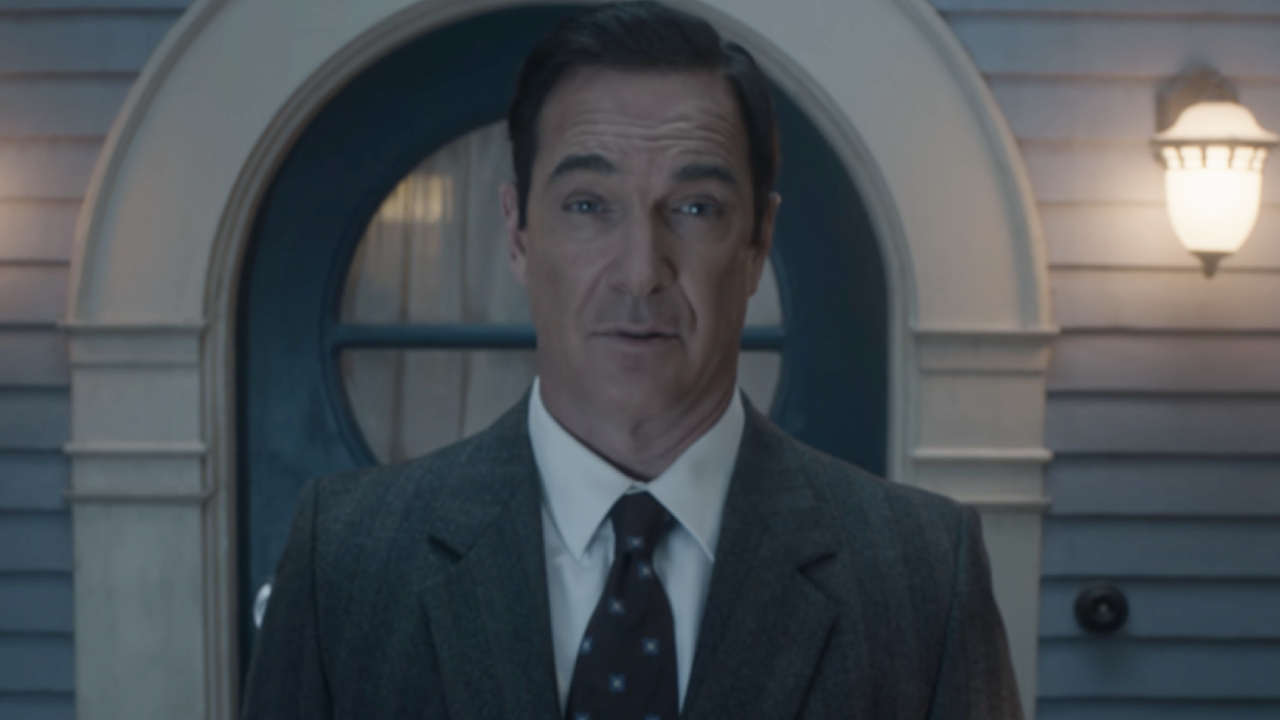
Lemony Snicket (A Series Of Unfortunate Events)
As Lemony Snicket, Patrick Warburton speaks through the screen when recalling the treacherous adventures of the Baudelaire Orphans on Netflix’s series adaptation of A Series of Unfortunate Events. Just like in the original YA book series, the author is more than just the series' narrator, as he also exists within the world of the show.
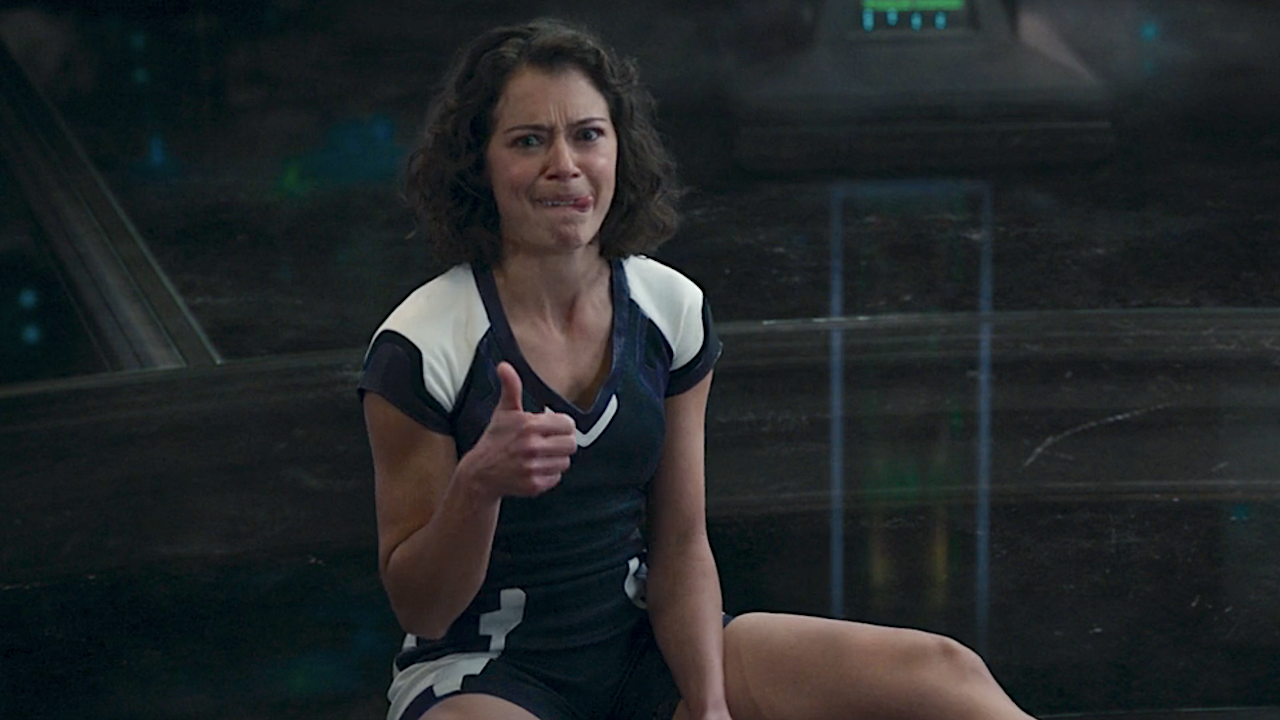
Jennifer Walters (She-Hulk: Attorney At Law)
Deadpool is not the only fourth-wall-breaking hero in the Marvel Universe, but the first character to go meta in the MCU was Bruce Banner’s cousin, Jennifer Walters (Tatiana Maslany), who explains to the audience how she became “She-Hulk” in the first episode of her self-titled Disney+ miniseries. The final episode sees her actually leap out of her own show and into the streaming platform’s menu and enter Marvel Studios: Assembled so she can have a talk with “Kevin” about crafting a better ending.
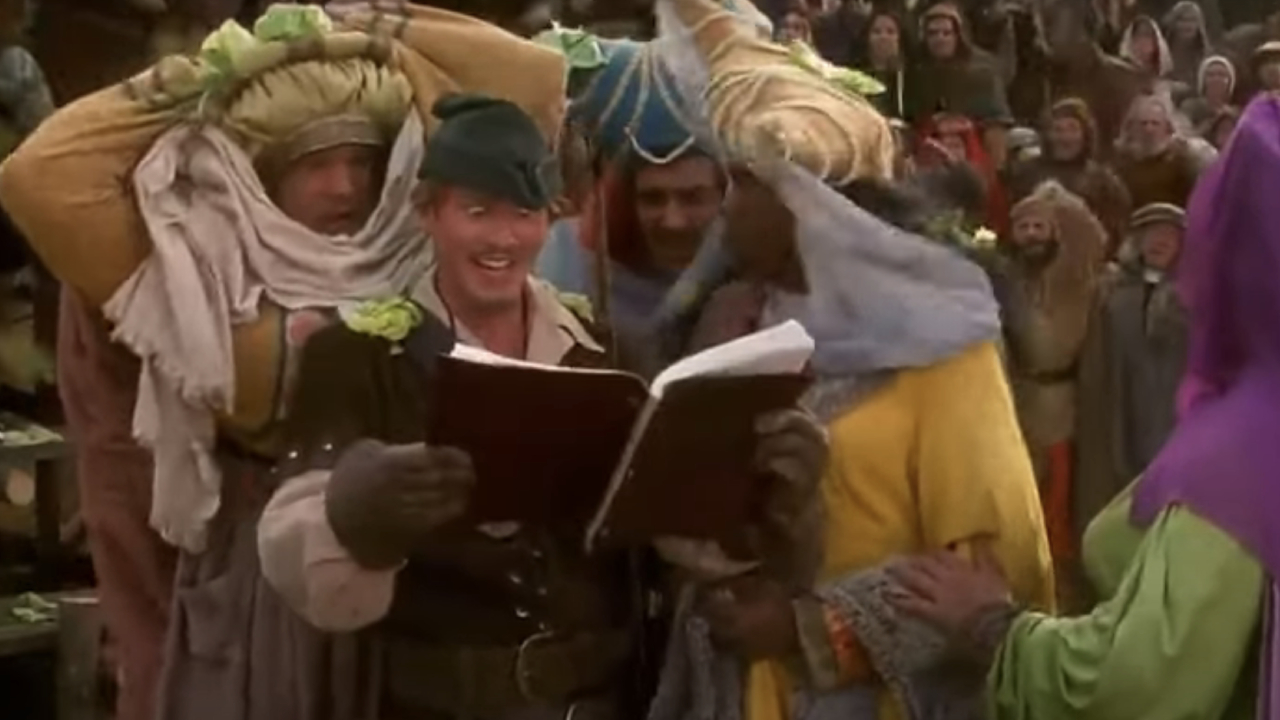
Robin Of Loxley (Robin Hood: Men In Tights)
In one of Mel Brooks’ best movies, Robin Hood: Men in Tights, the famed archer (Cary Elwes) acknowledges a couple of times, even in just a quick glance. However, every character in the medieval spoof is aware they are in a movie, as shown in the moment Robin and others actually pull out the script to ensure he gets another shot in the archery contest at the end.
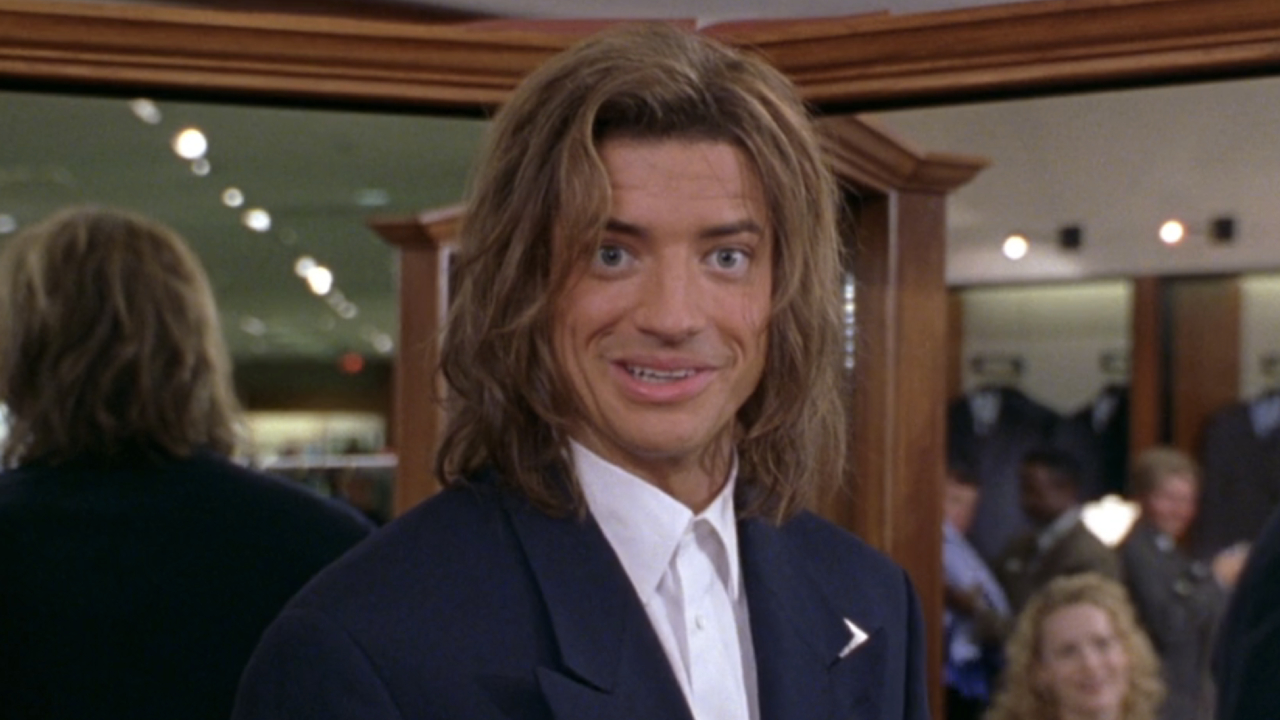
George (George Of The Jungle)
The fourth wall is kept open for just about the entirety of Disney's cartoonish live-action adaptation of the animated series, George of the Jungle. Brendan Fraser's absent-minded, Tarzan-esque hero makes frequent nods to the camera and sometimes interacts with the narrator, and is not the only character to do so either.
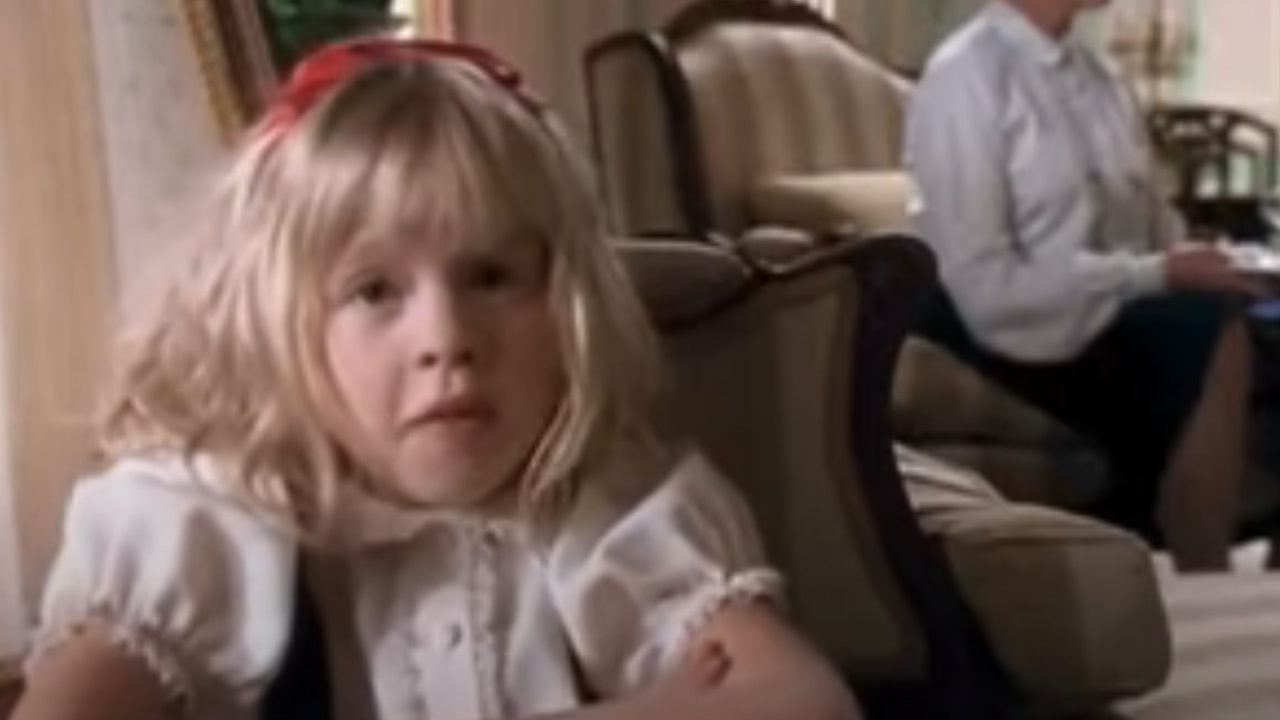
Eloise (Eloise At The Plaza)
The eponymous star of Kay Thompson and Hilary Knight's popular illustrated children's books made her screen debut in ABC's 2003 made-for-TV movie, Eloise at the Plaza. Played by Sofia Vassilieva, the precocious child provides details about her residency in a New York City penthouse, her relationship with her nanny (Julie Andrews), and gives other spur-of-the-moment commentaries to the audience.
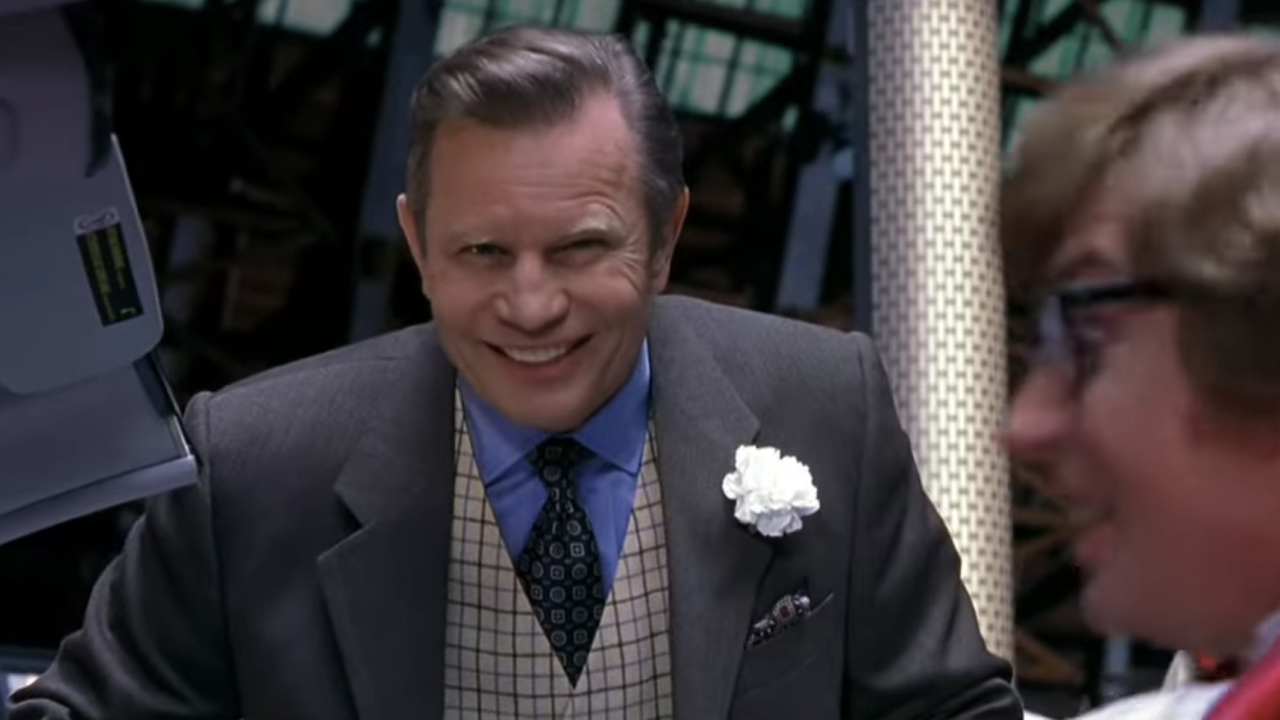
Basil Exposition (Austin Powers: The Spy Who Shagged Me)
In 1999's Austin Powers: The Spy Who Shagged Me, as the titular groovy sleuth (Mike Myers) is about to travel back to 1969, he is compelled to ask a few very complicated questions about the science behind this trip. Basil Exposition (Michael York) recommends not worrying about such things and just enjoying the ride before suggesting the same to the people watching.
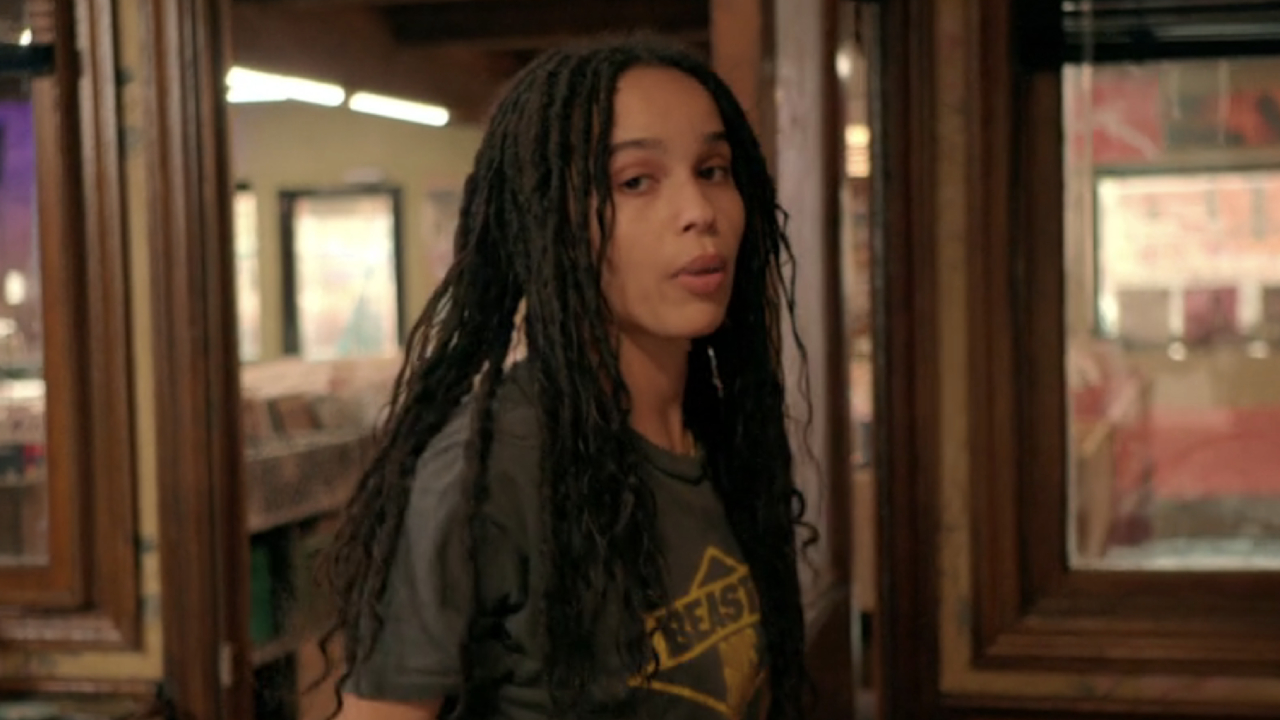
Robin "Rob" Brooks (High Fidelity)
Hulu's 2020 series adaptation of Nick Hornby's novel, High Fidelity, reimagines record store owner Rob Gordon as a woman, played by Zoë Kravitz. However, like the original protagonist, Rob Brooks is also a neurotic music obsessive who shares her deepest insecurities, particularly in the realm of romance, to the audience.
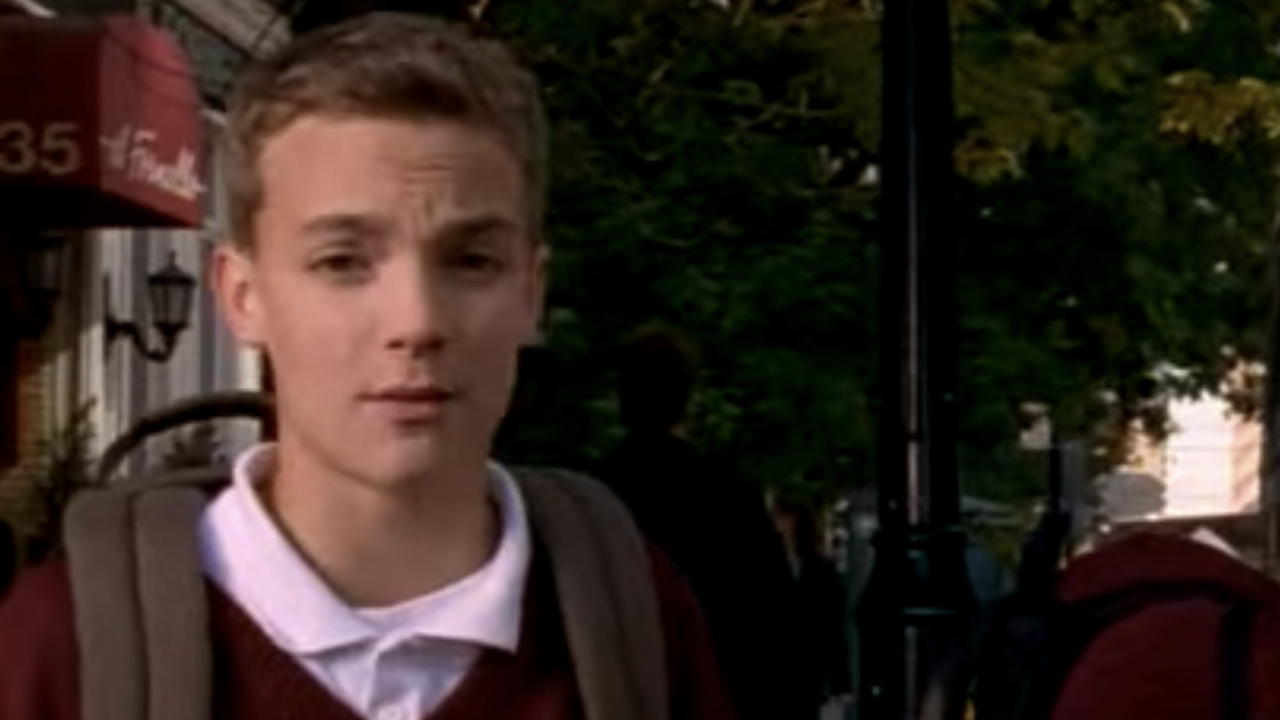
Zack Greenburg (The Zack Files)
Without explanation, Zack Greenburg (Robert Clark) has attracted the attention of aliens, suddenly developed psychic abilities, receives a phone call from his own conscience, and more strange phenomena. If things could not get weirder for the teen, he sometimes directly acknowledges the viewers of his own early 2000s Canadian show based on Dan Greenburg's book series, The Zack Files.
Have you ever taken inspiration from these fourth-wall-breaking characters and professed your own witty commentary out loud to an imaginary camera, or is that just us?

Jason Wiese writes feature stories for CinemaBlend. His occupation results from years dreaming of a filmmaking career, settling on a "professional film fan" career, studying journalism at Lindenwood University in St. Charles, MO (where he served as Culture Editor for its student-run print and online publications), and a brief stint of reviewing movies for fun. He would later continue that side-hustle of film criticism on TikTok (@wiesewisdom), where he posts videos on a semi-weekly basis. Look for his name in almost any article about Batman.

